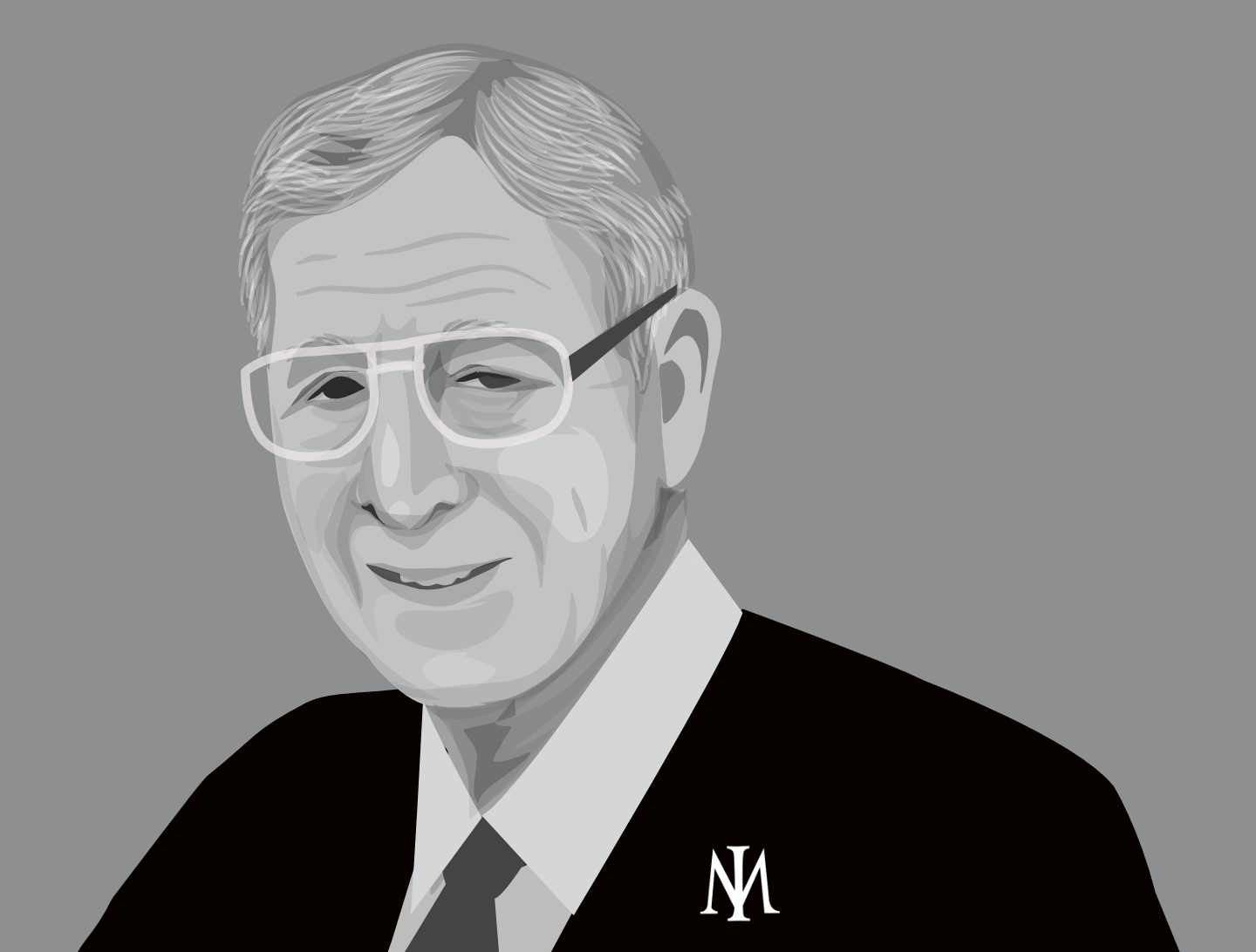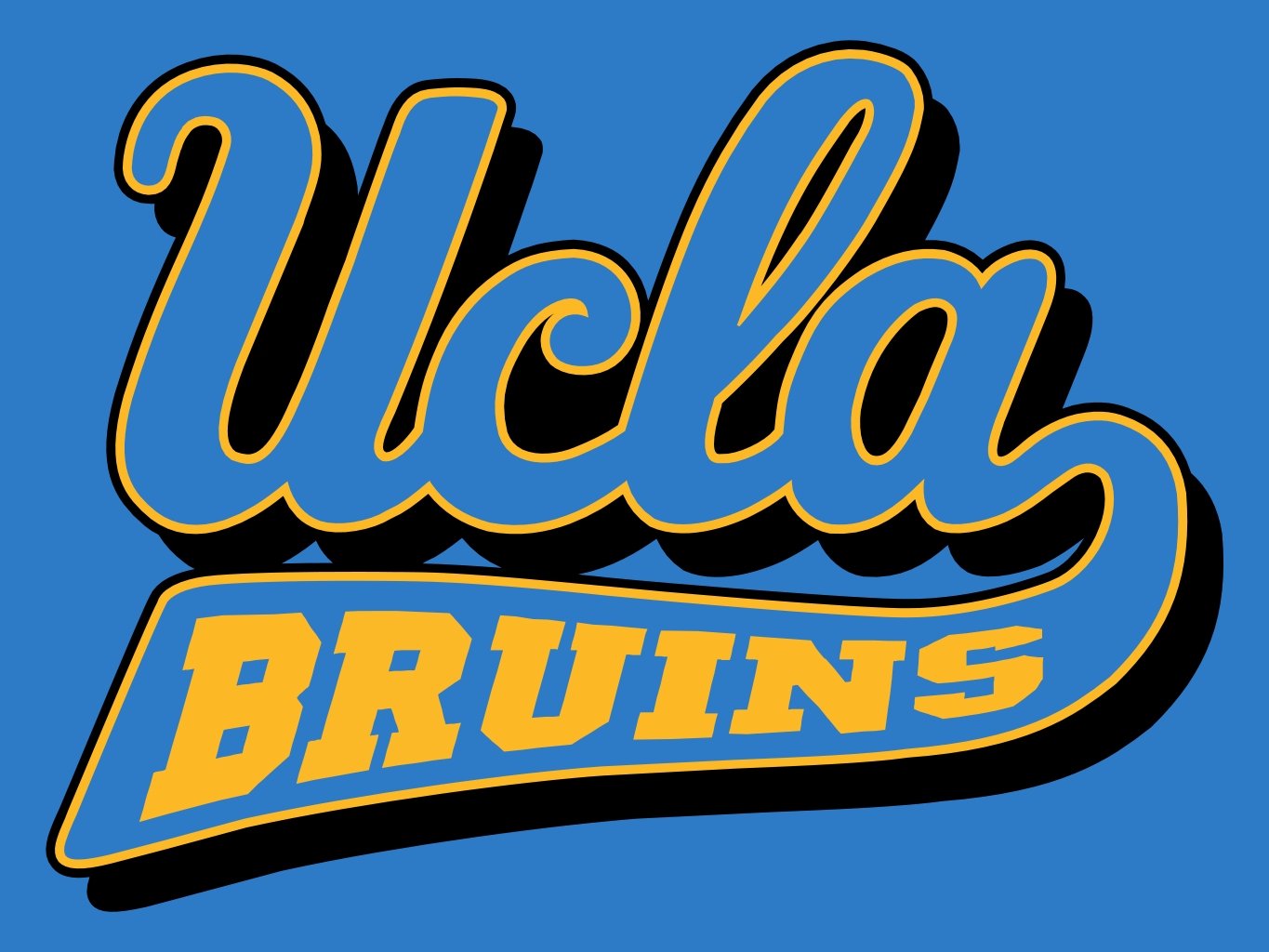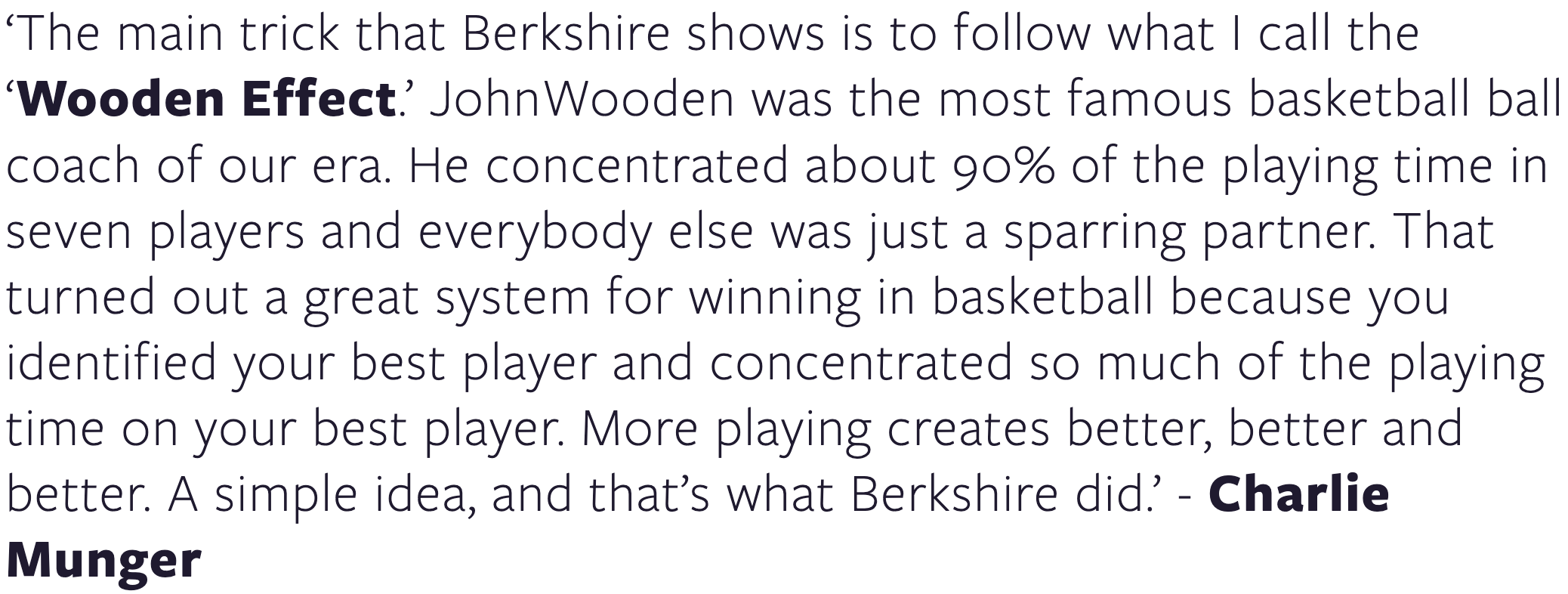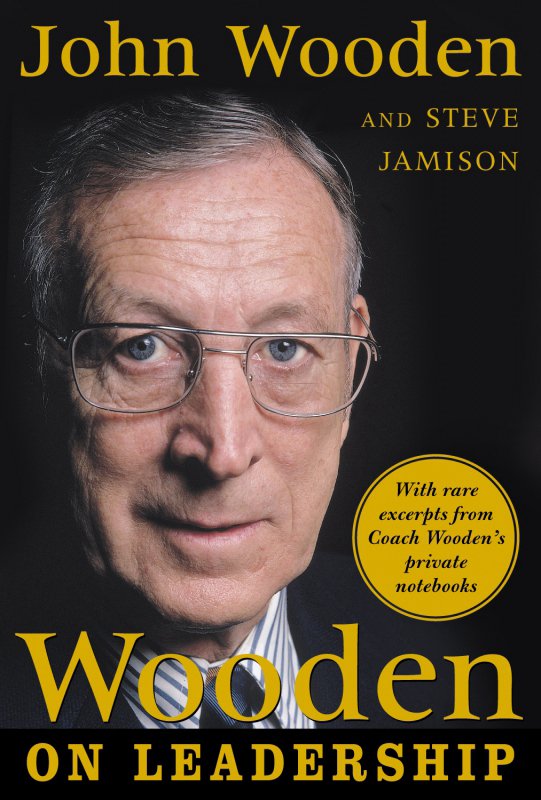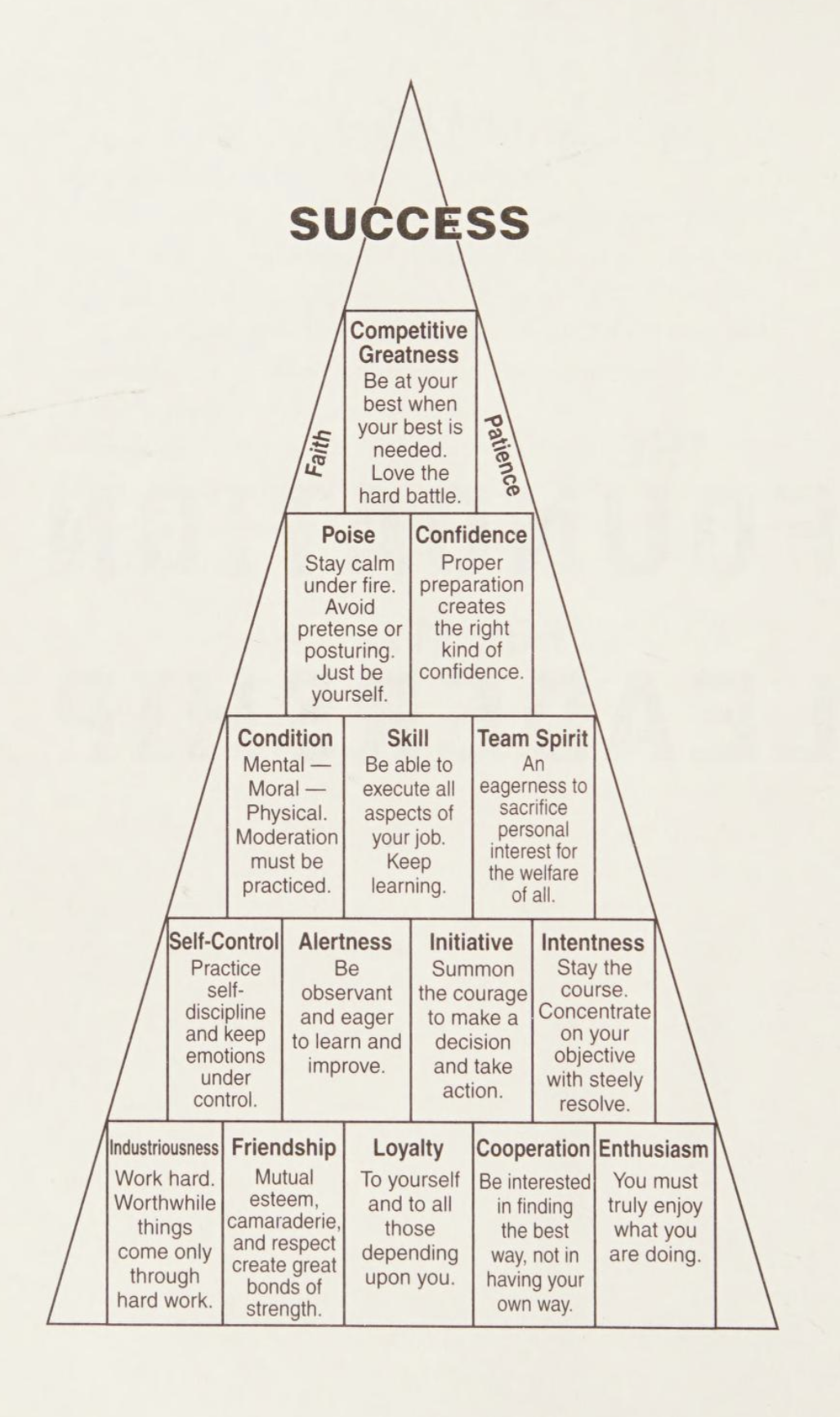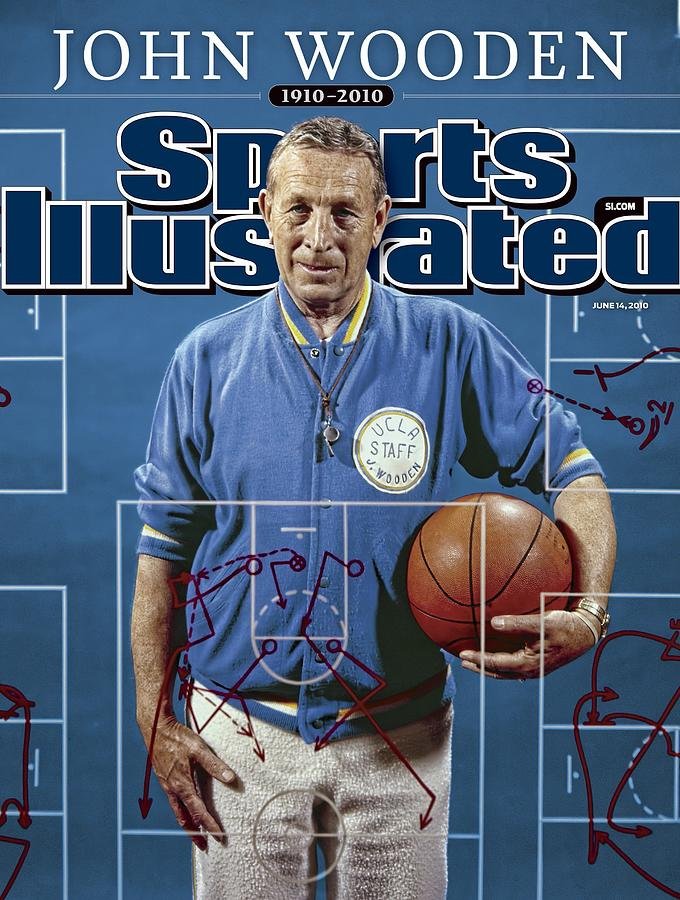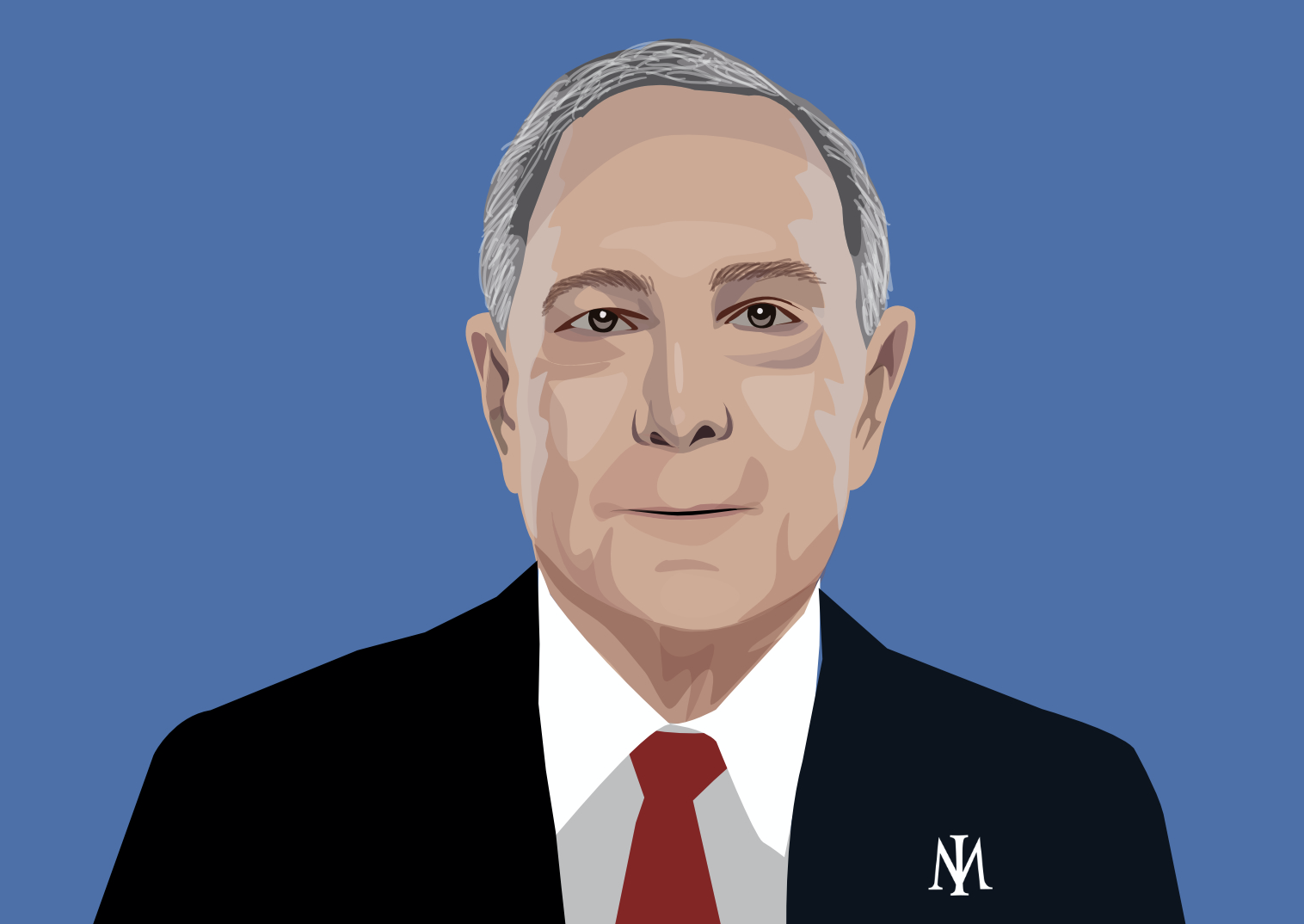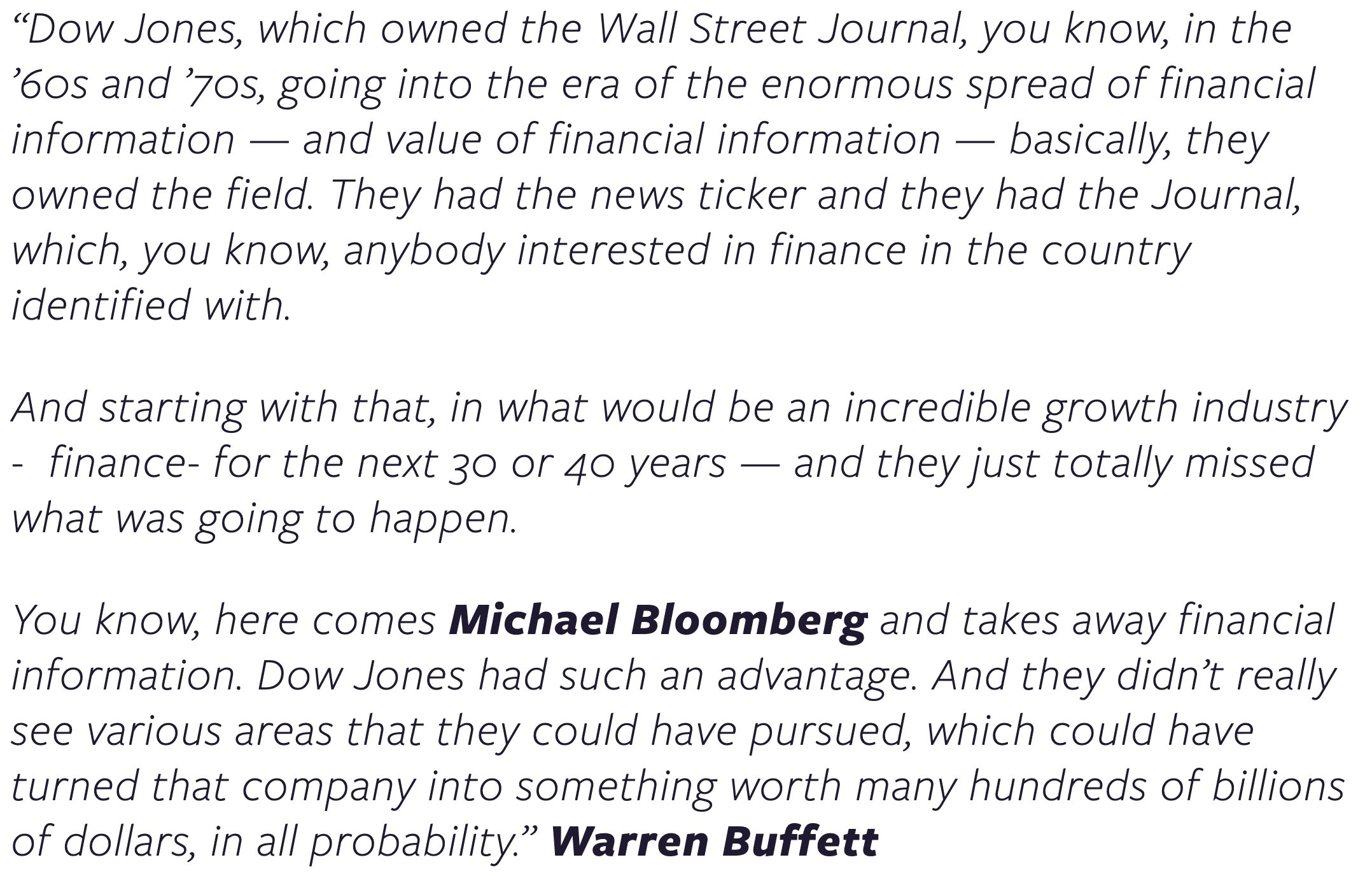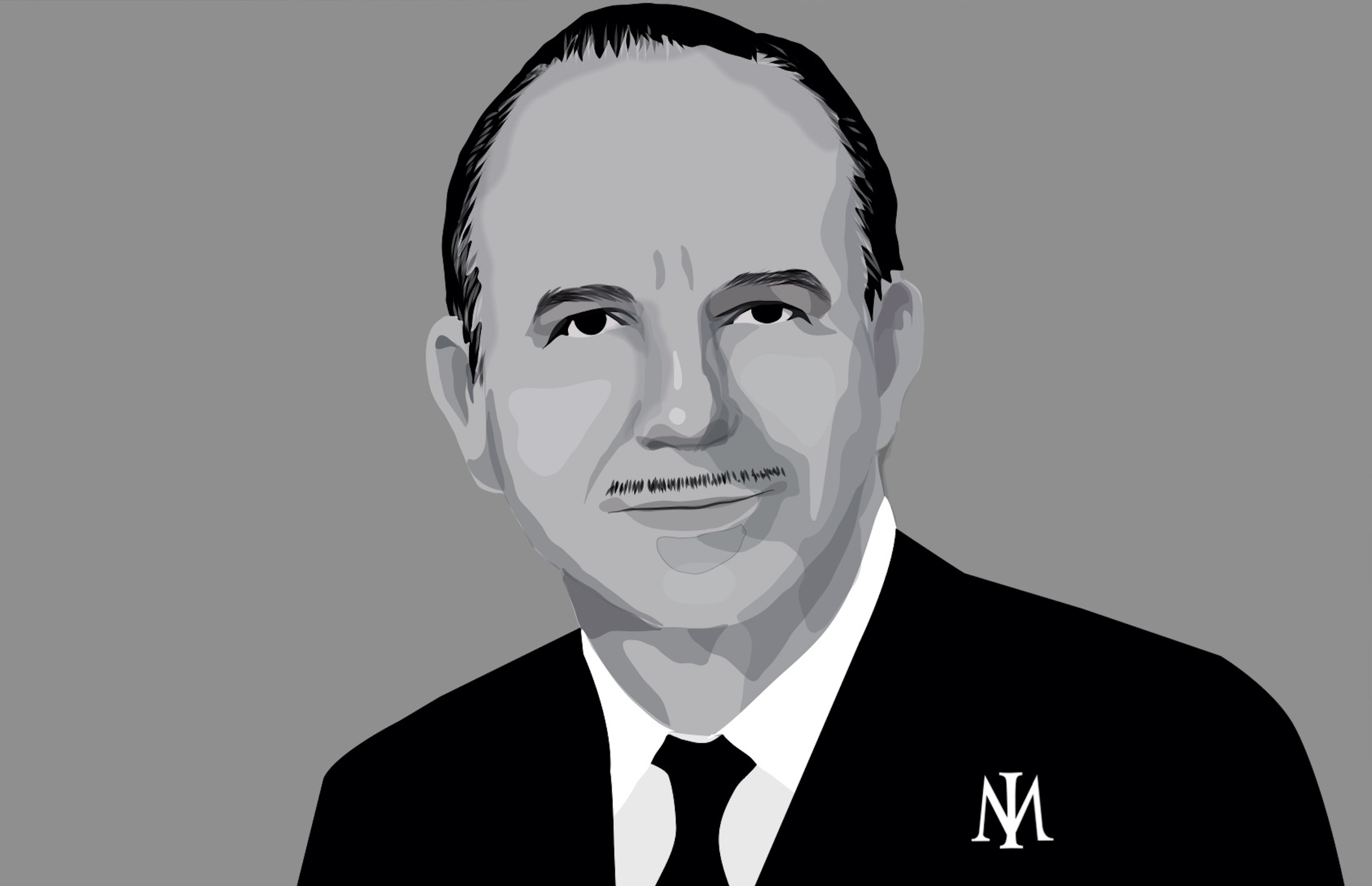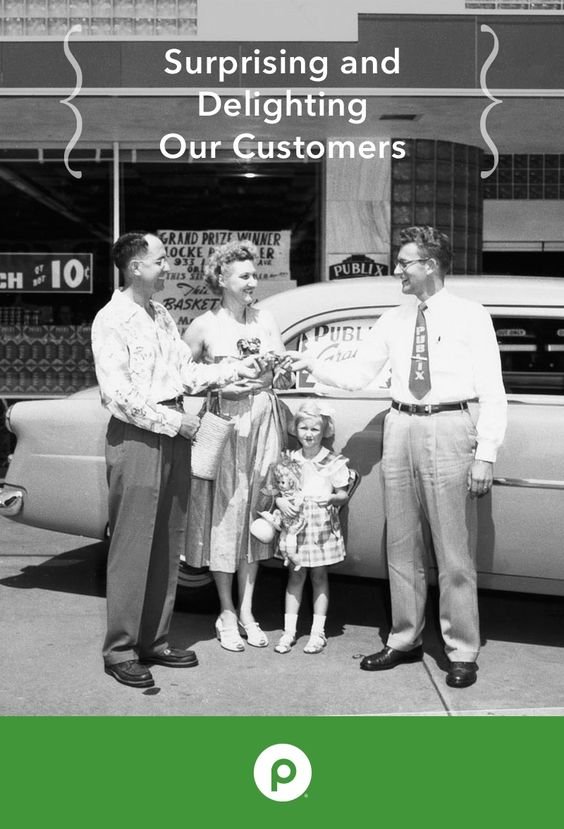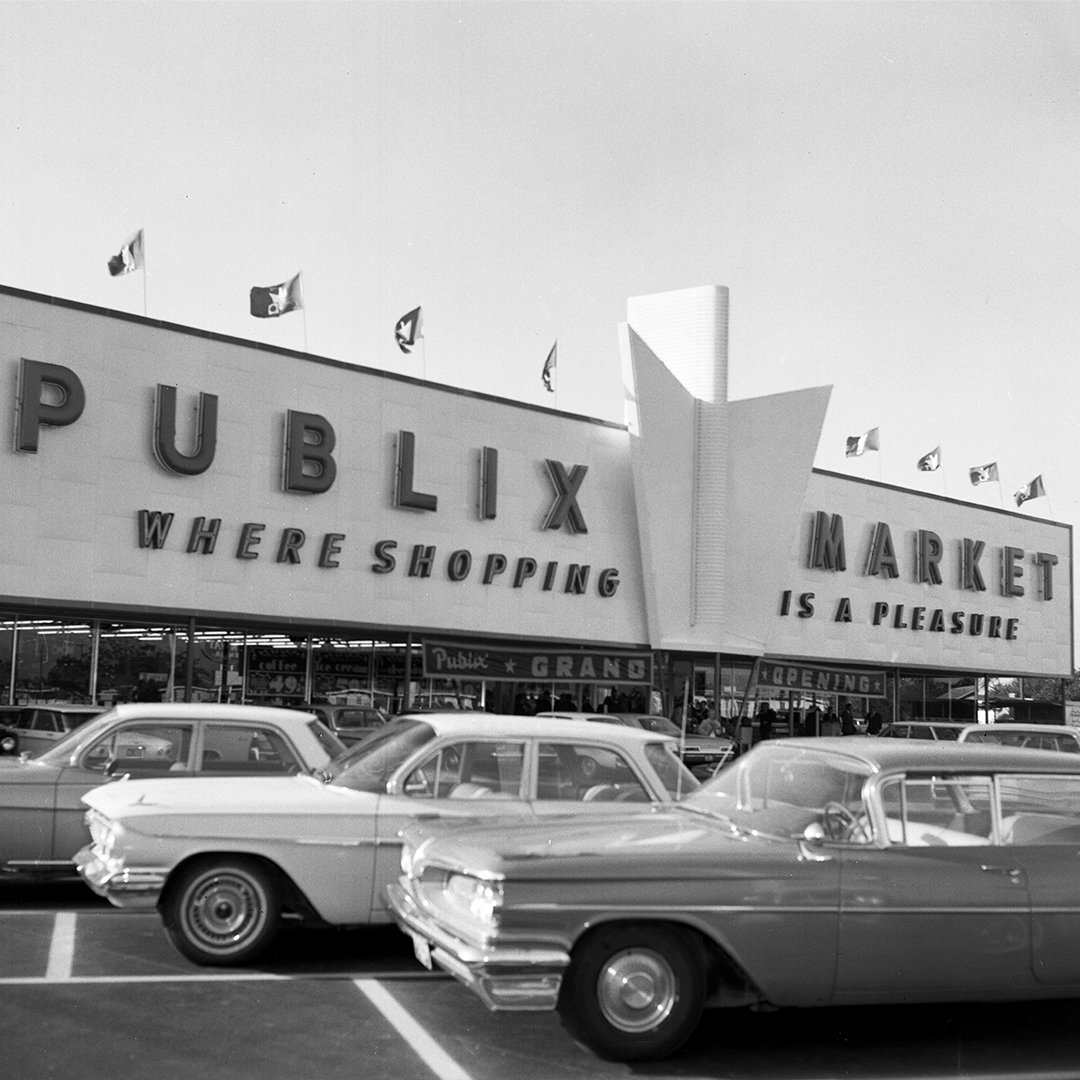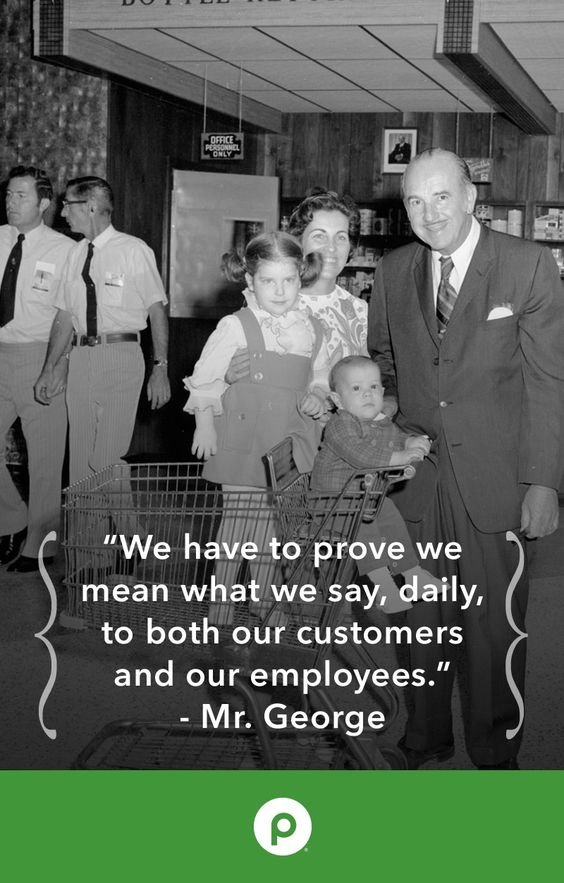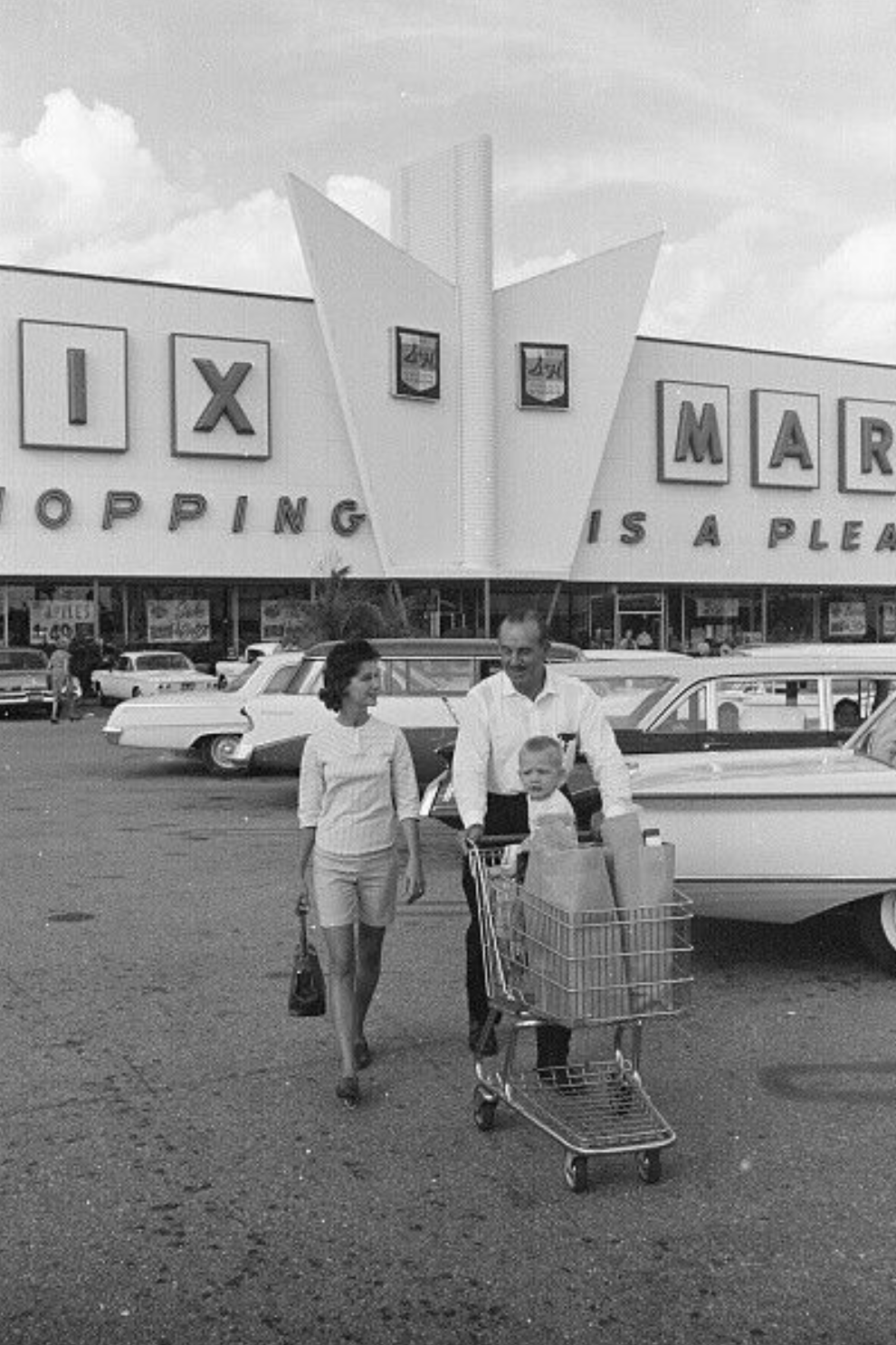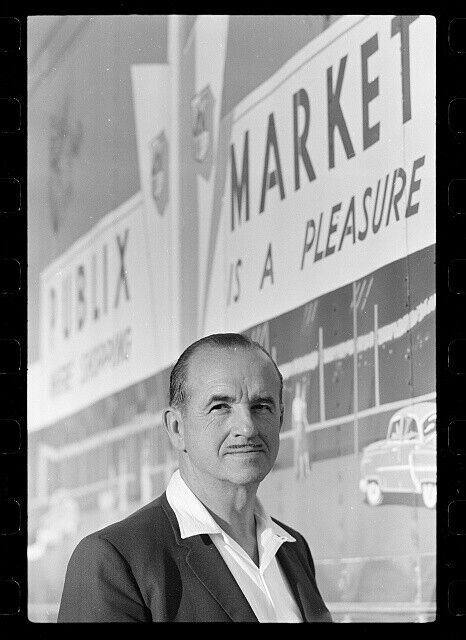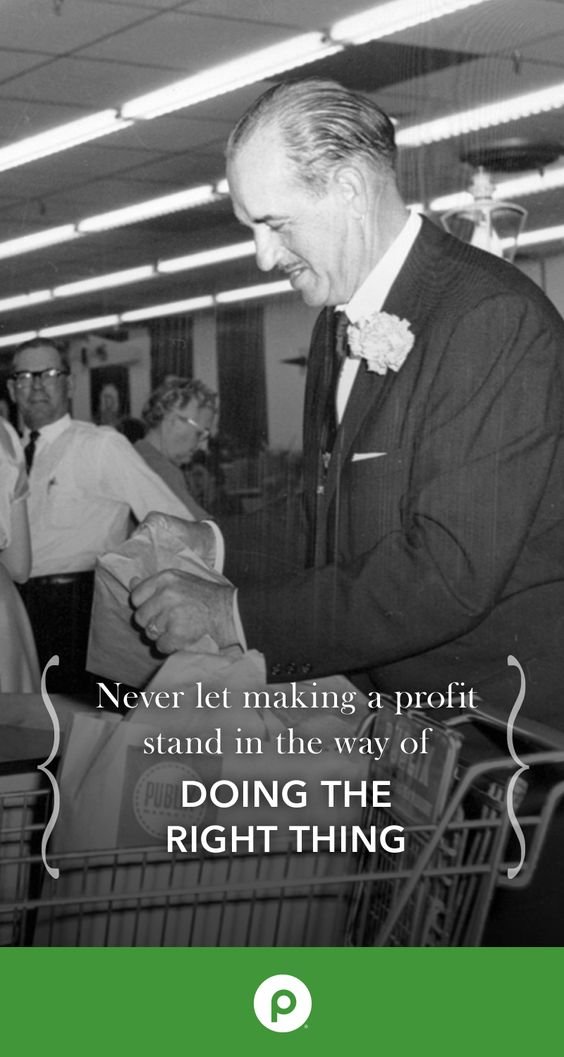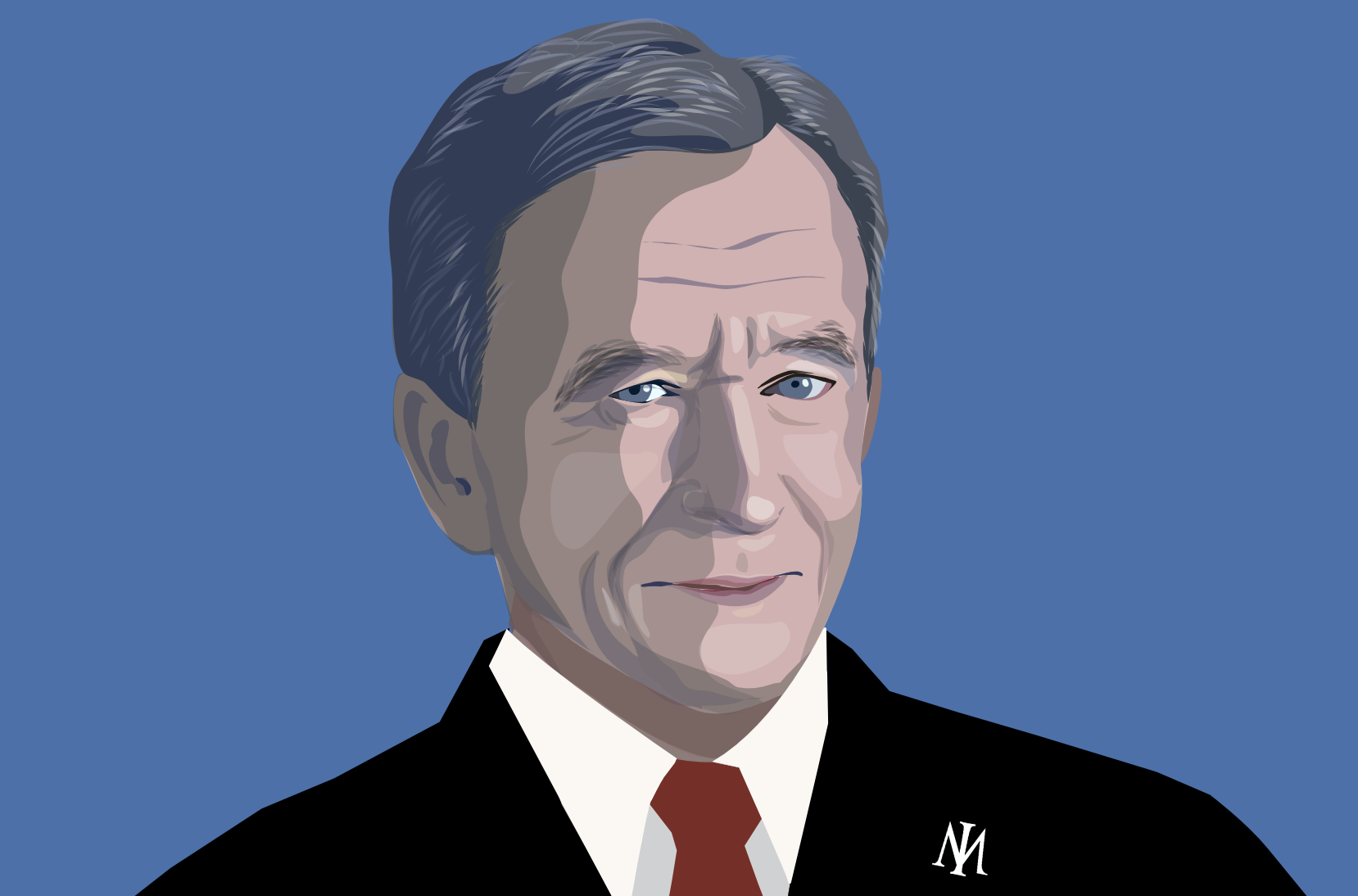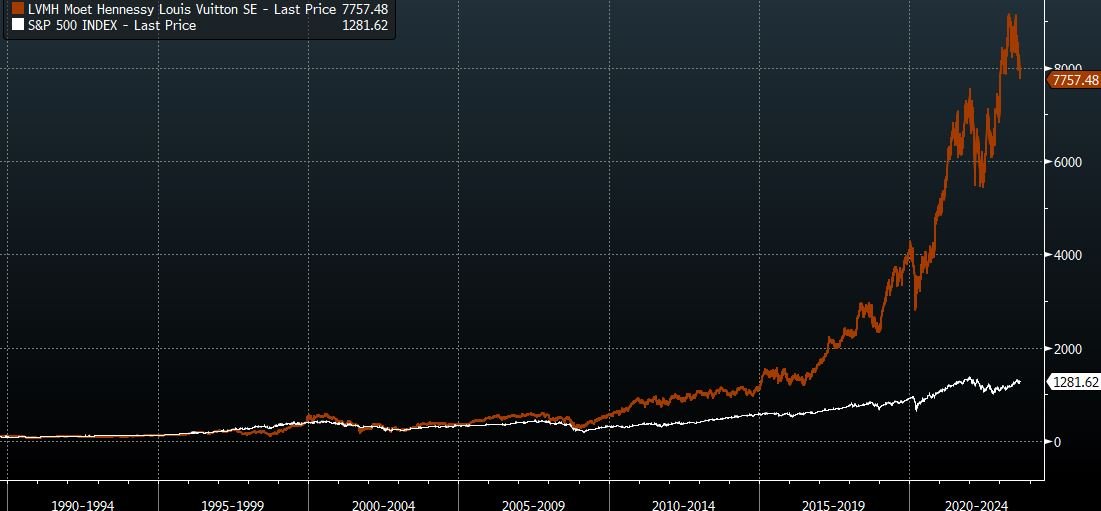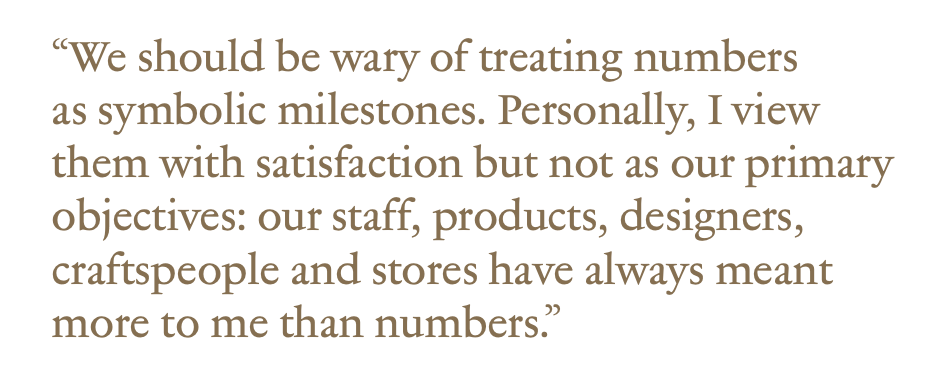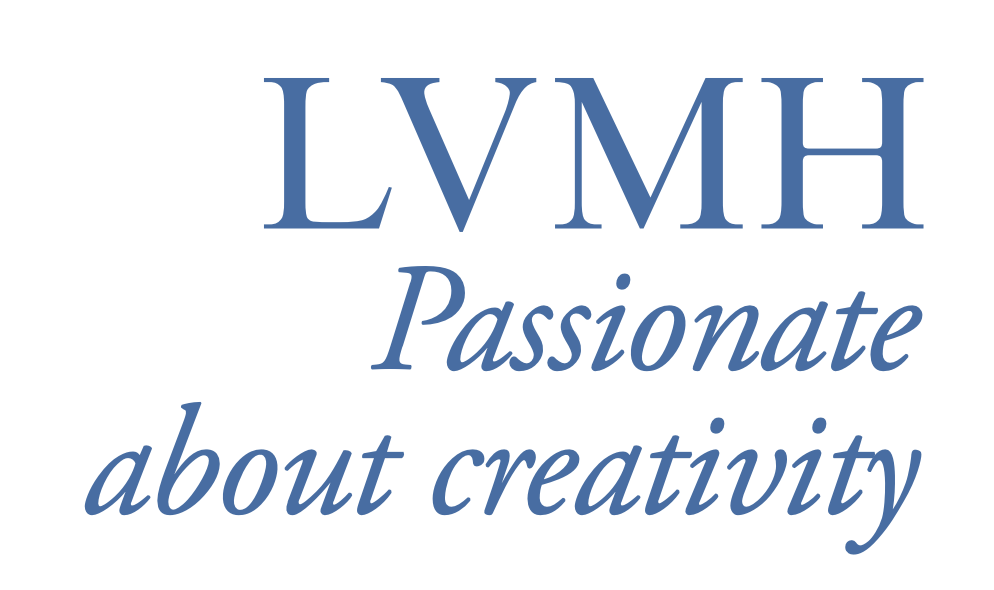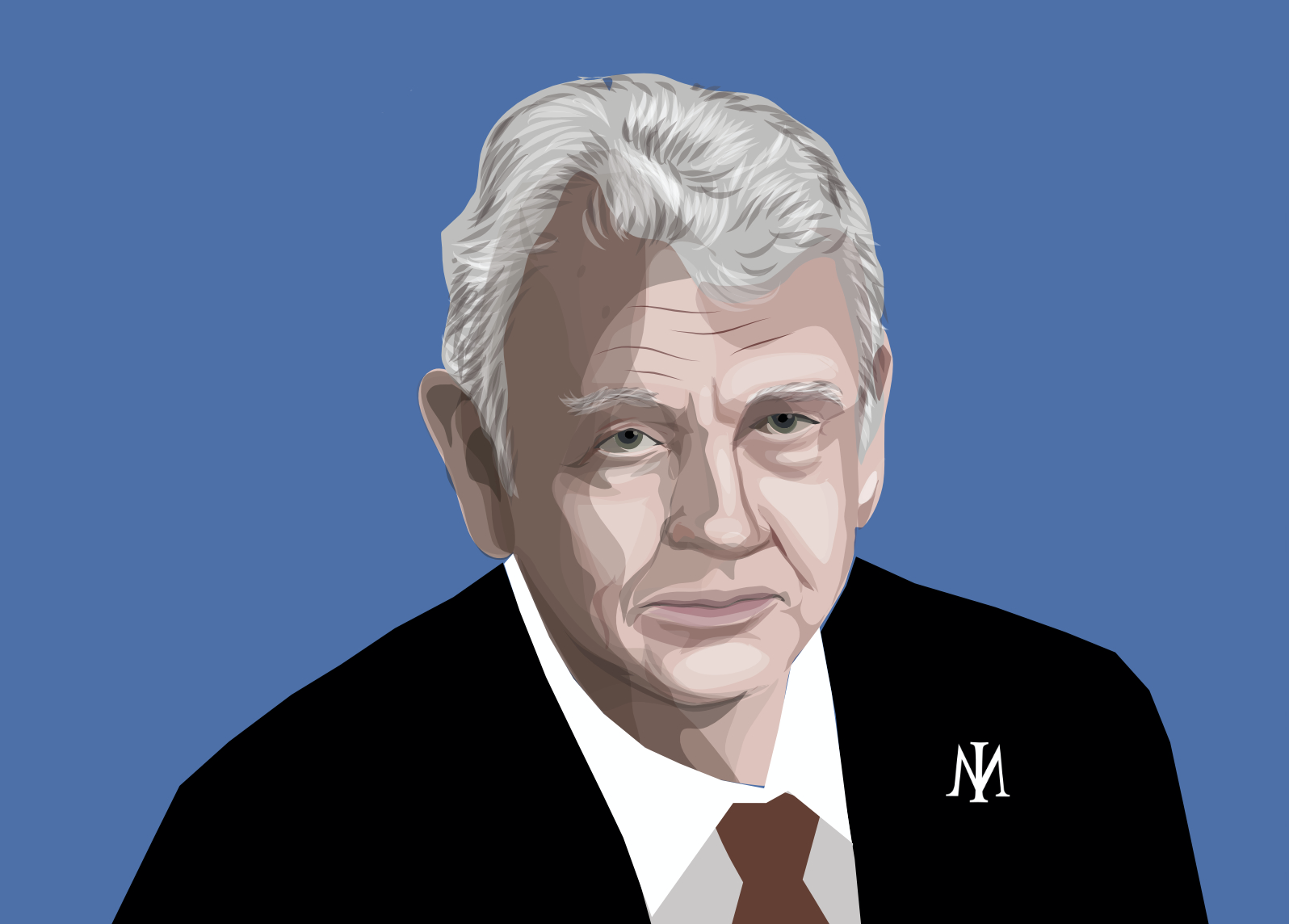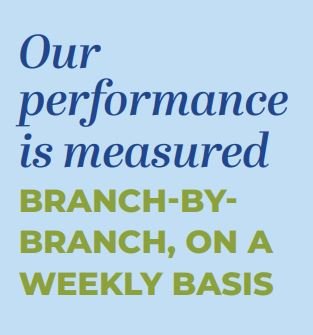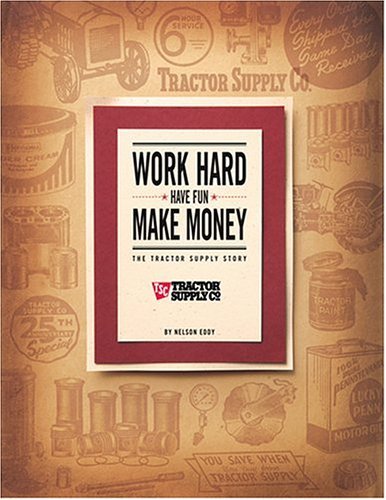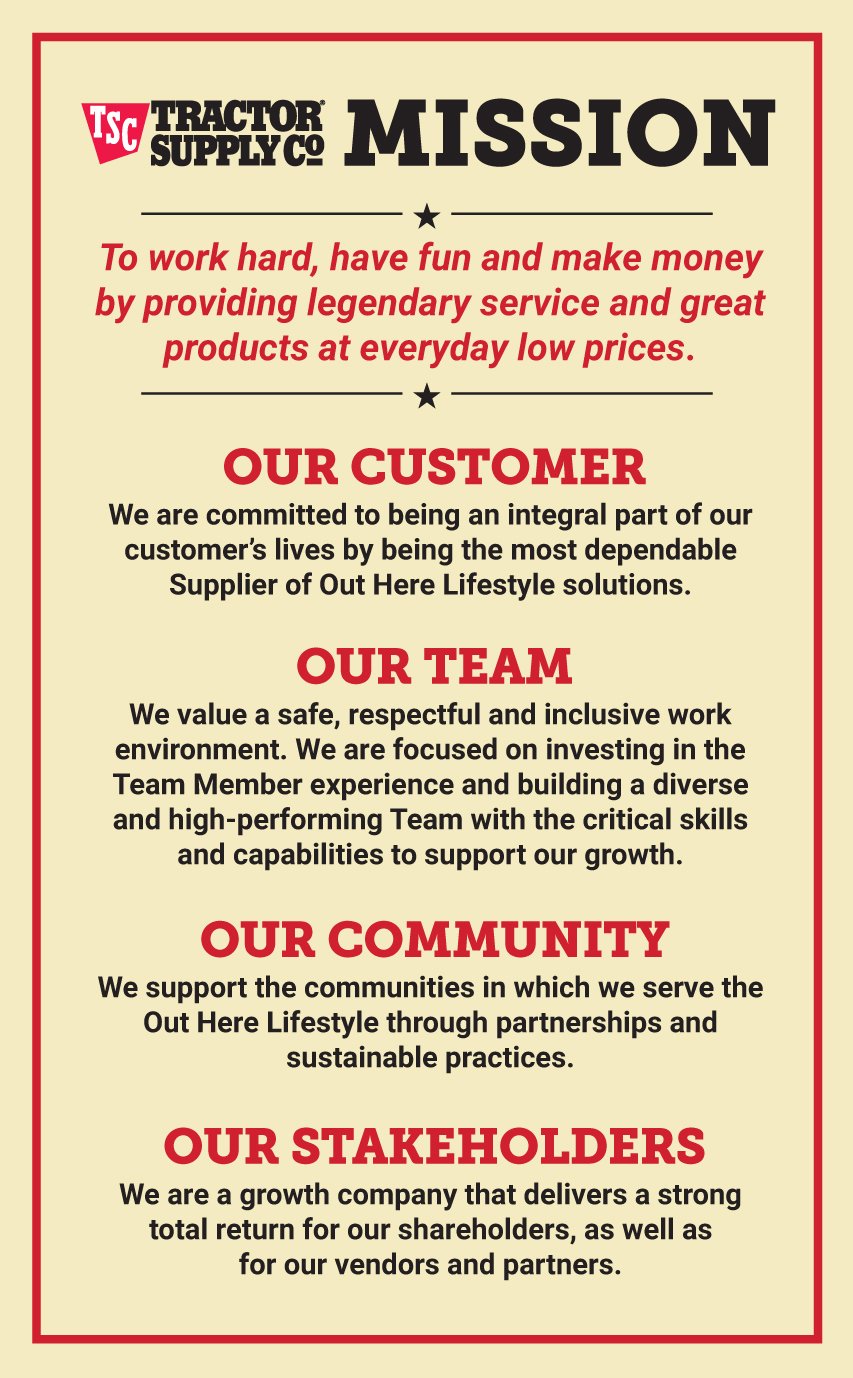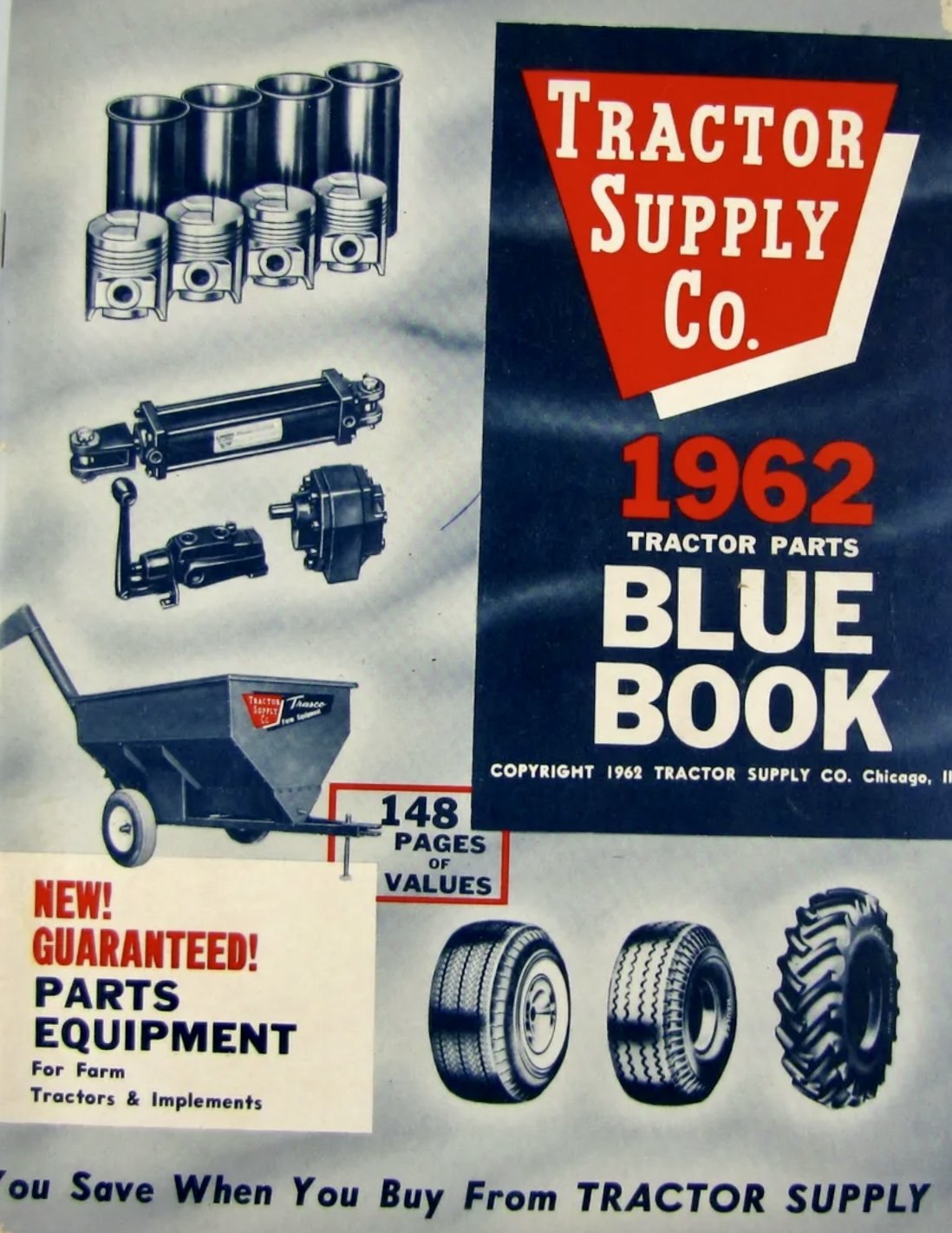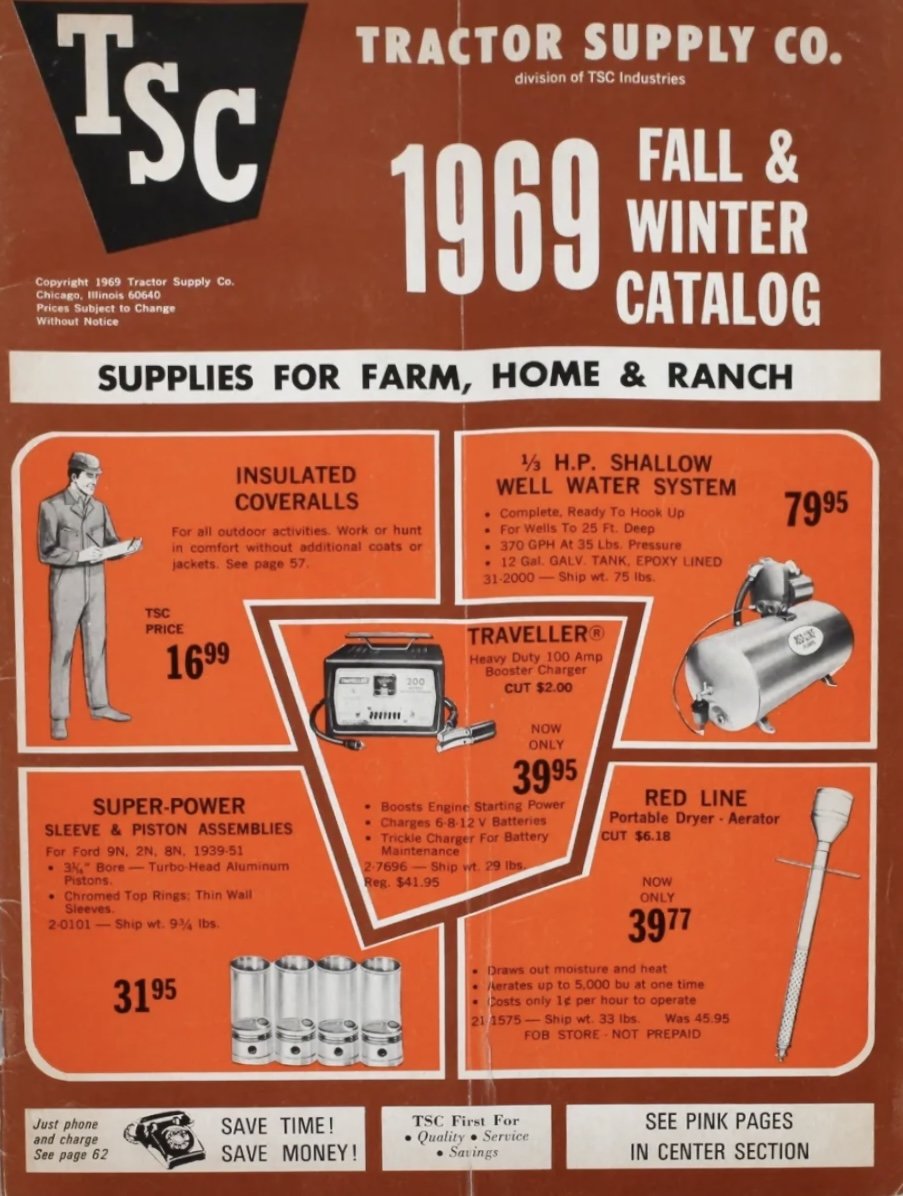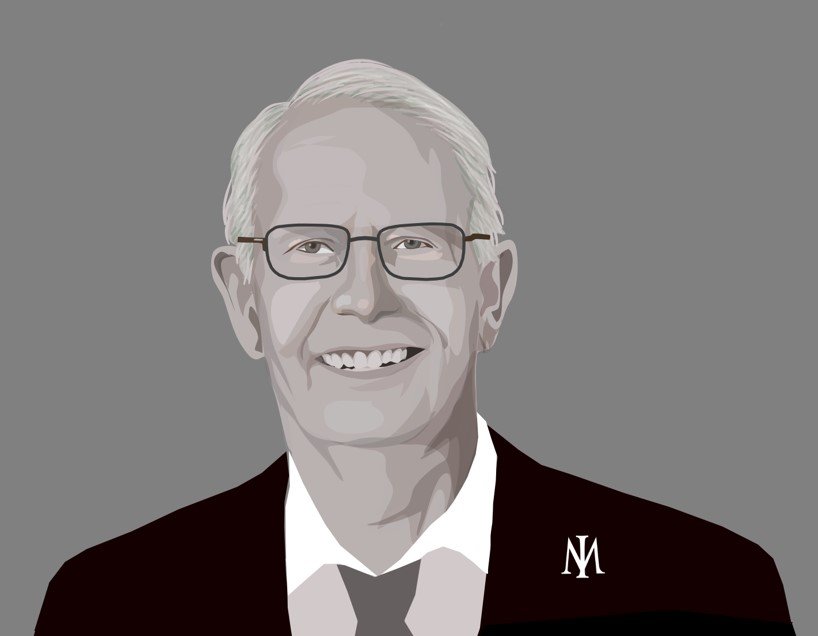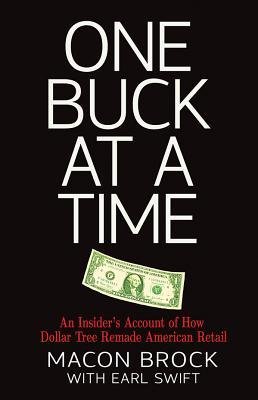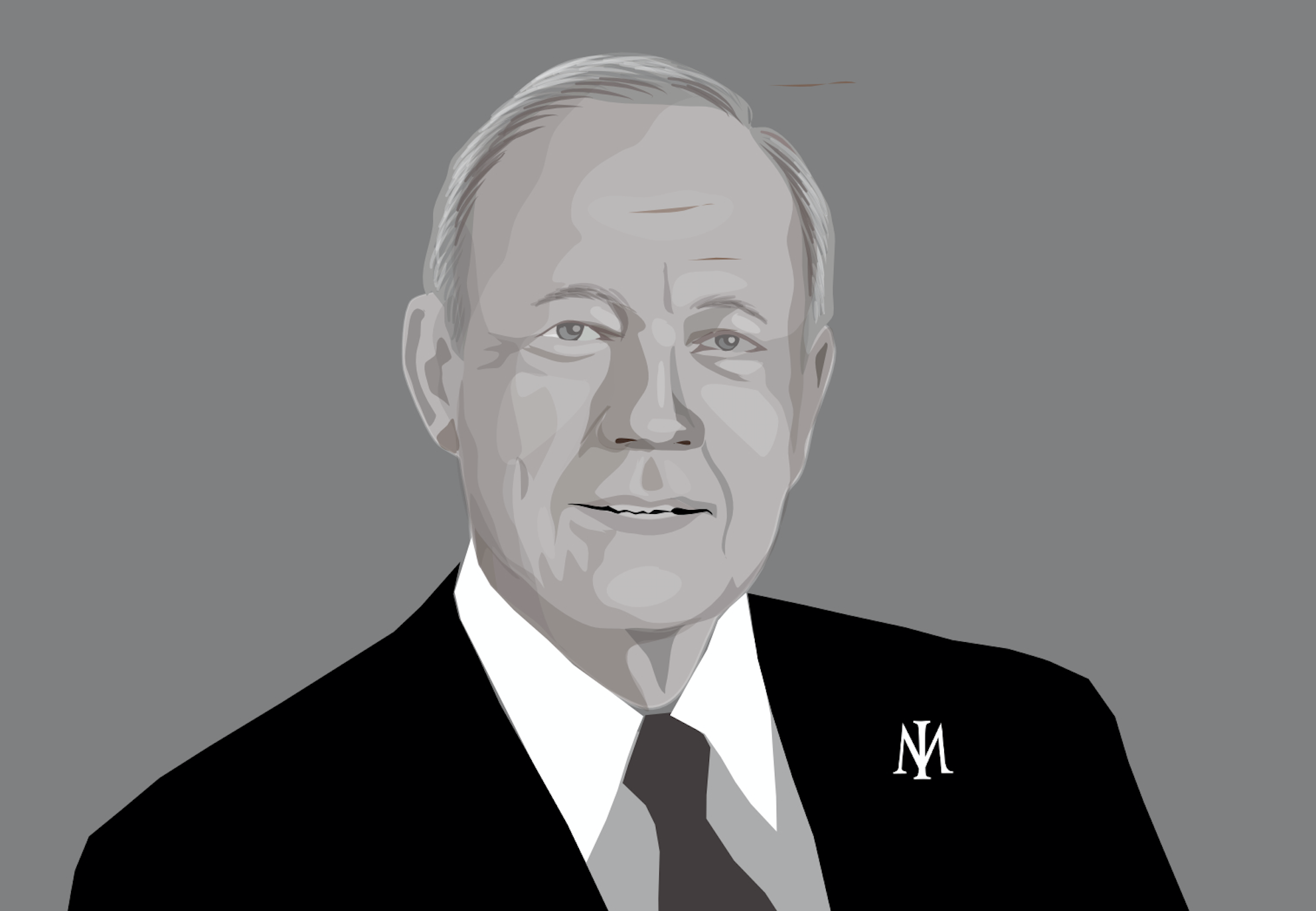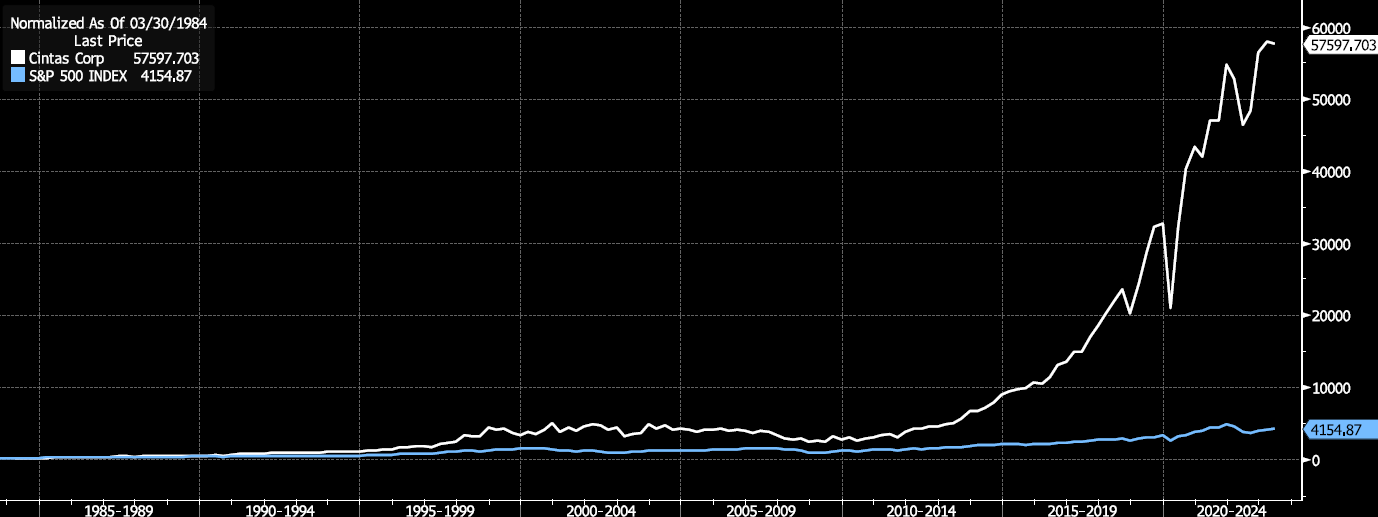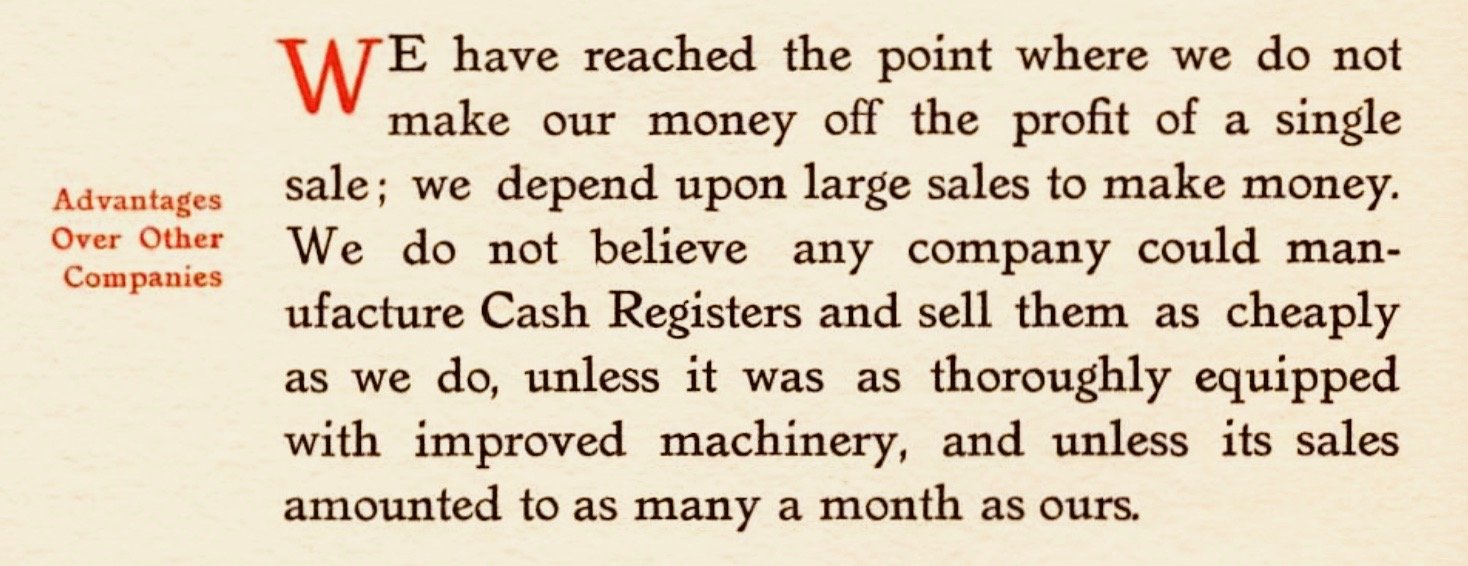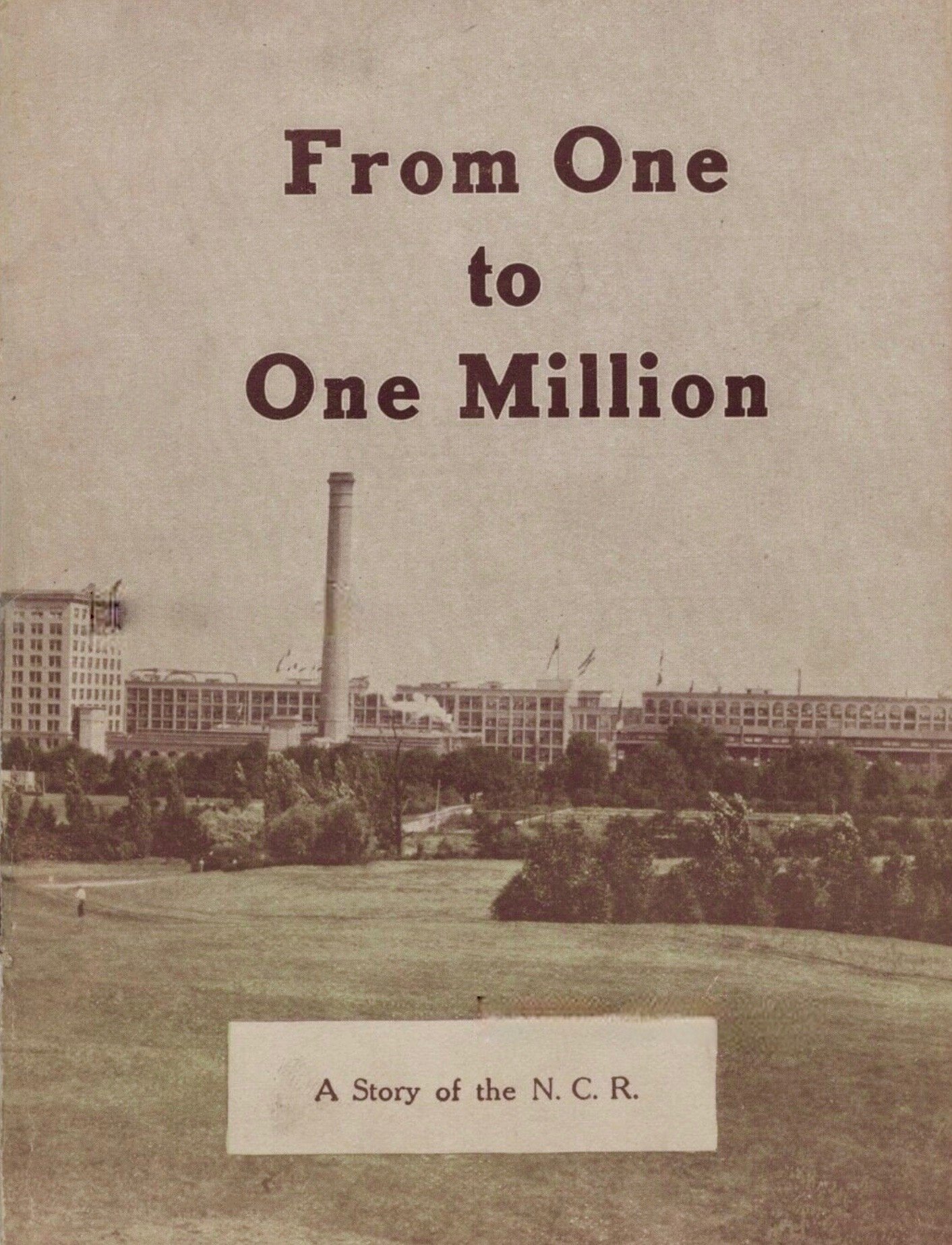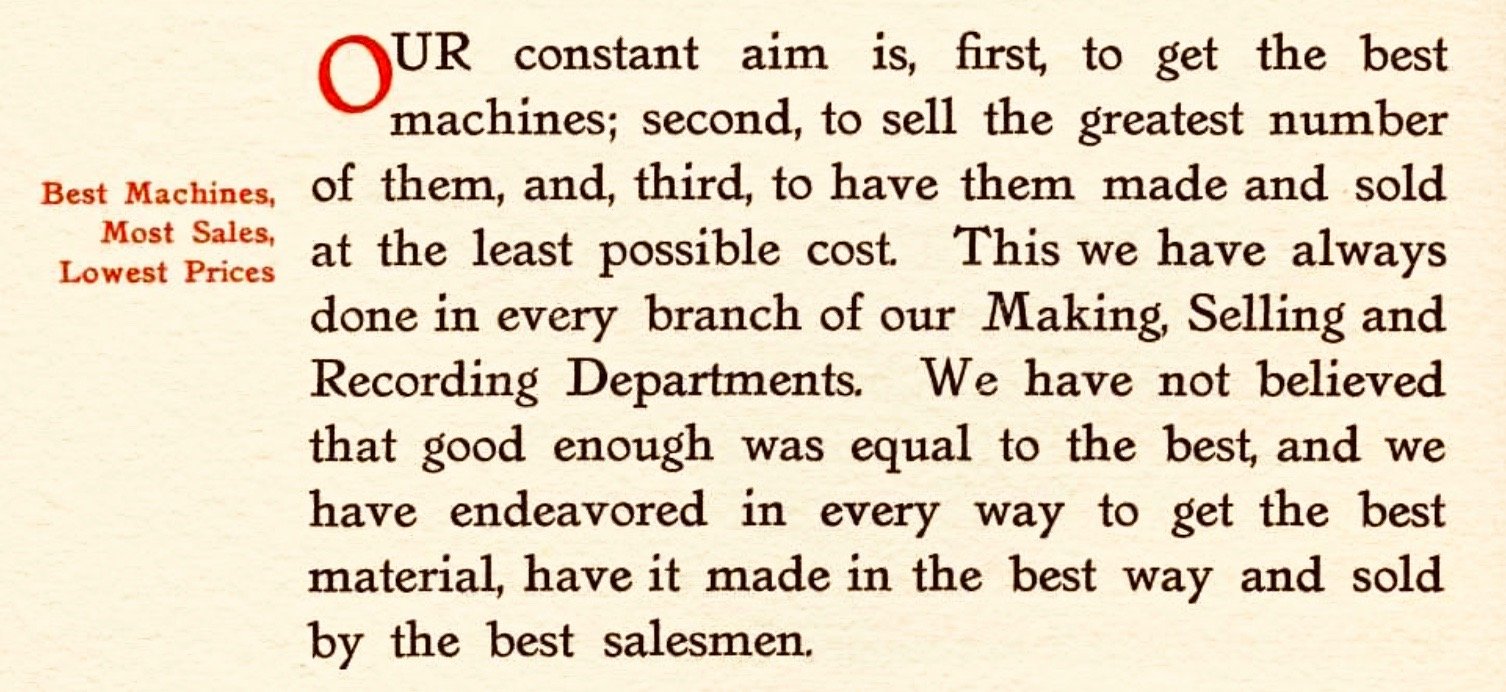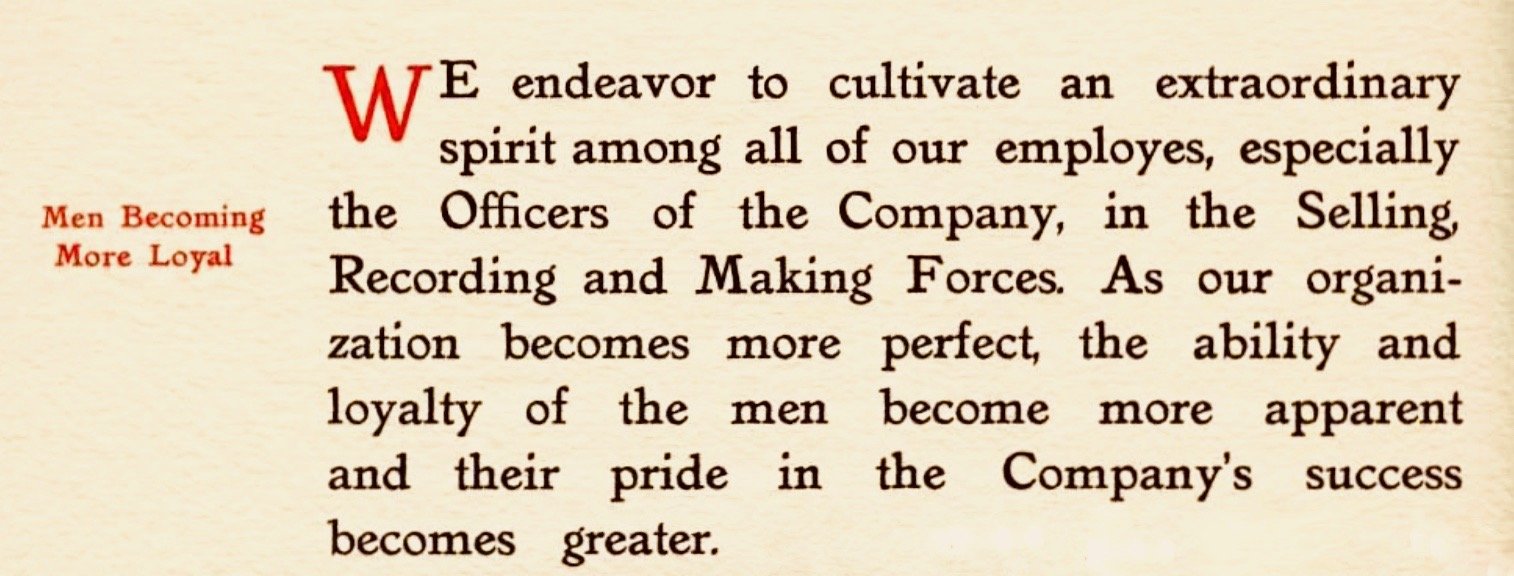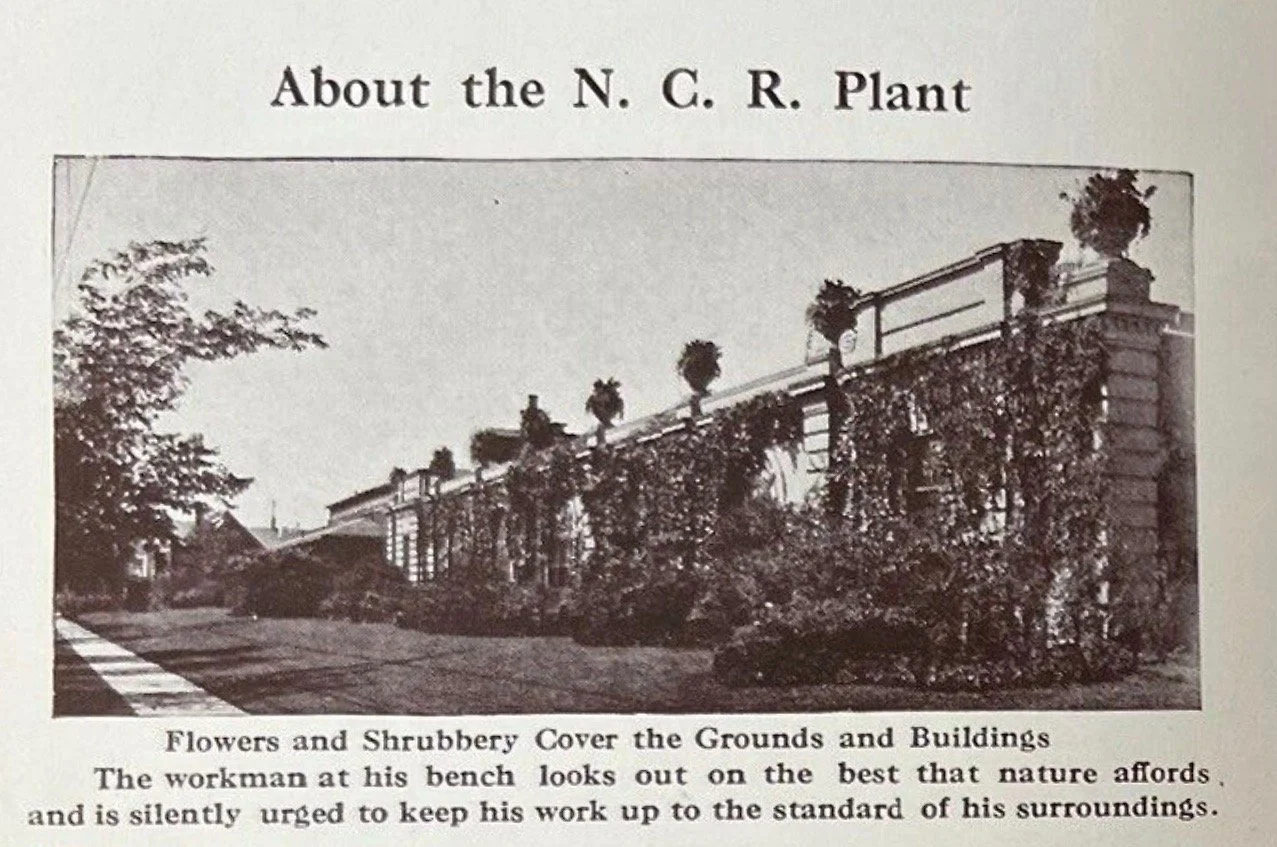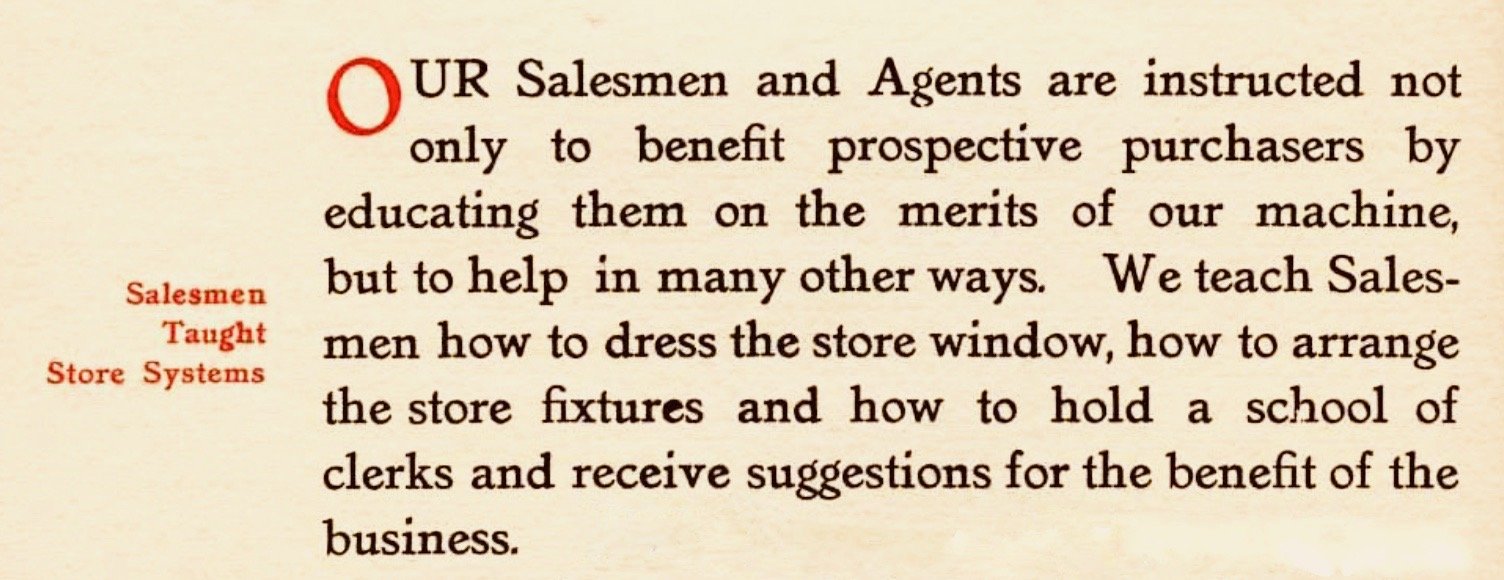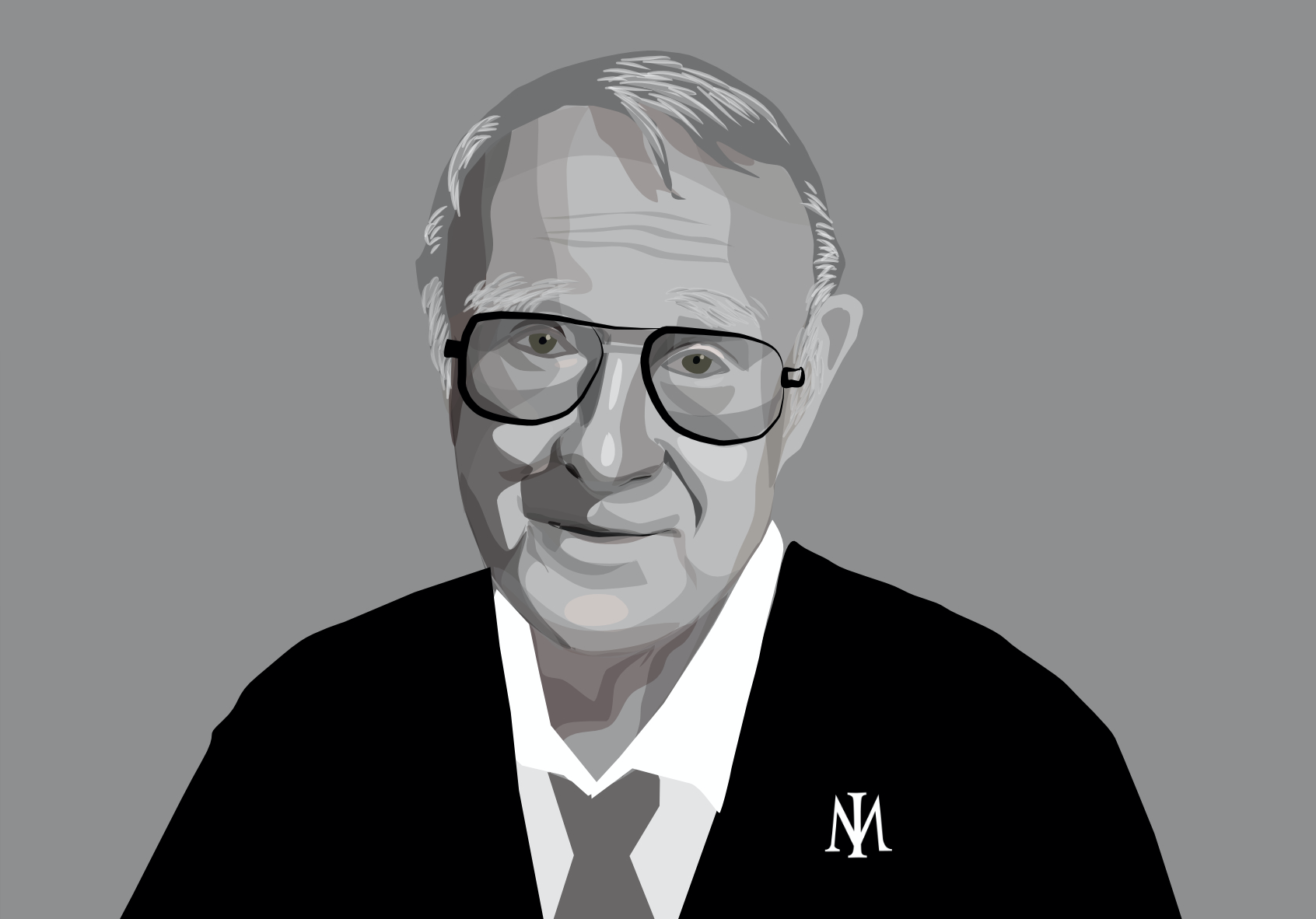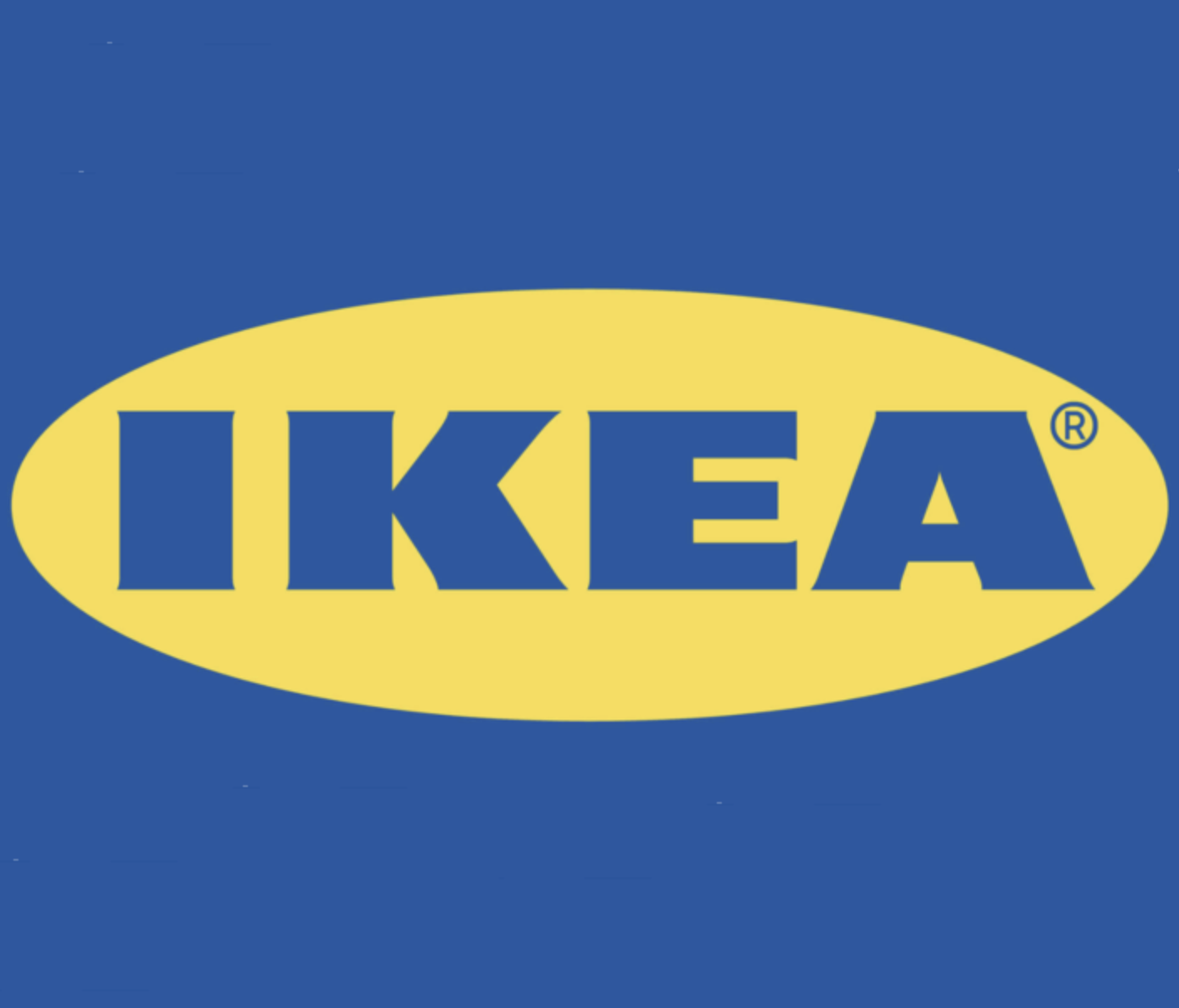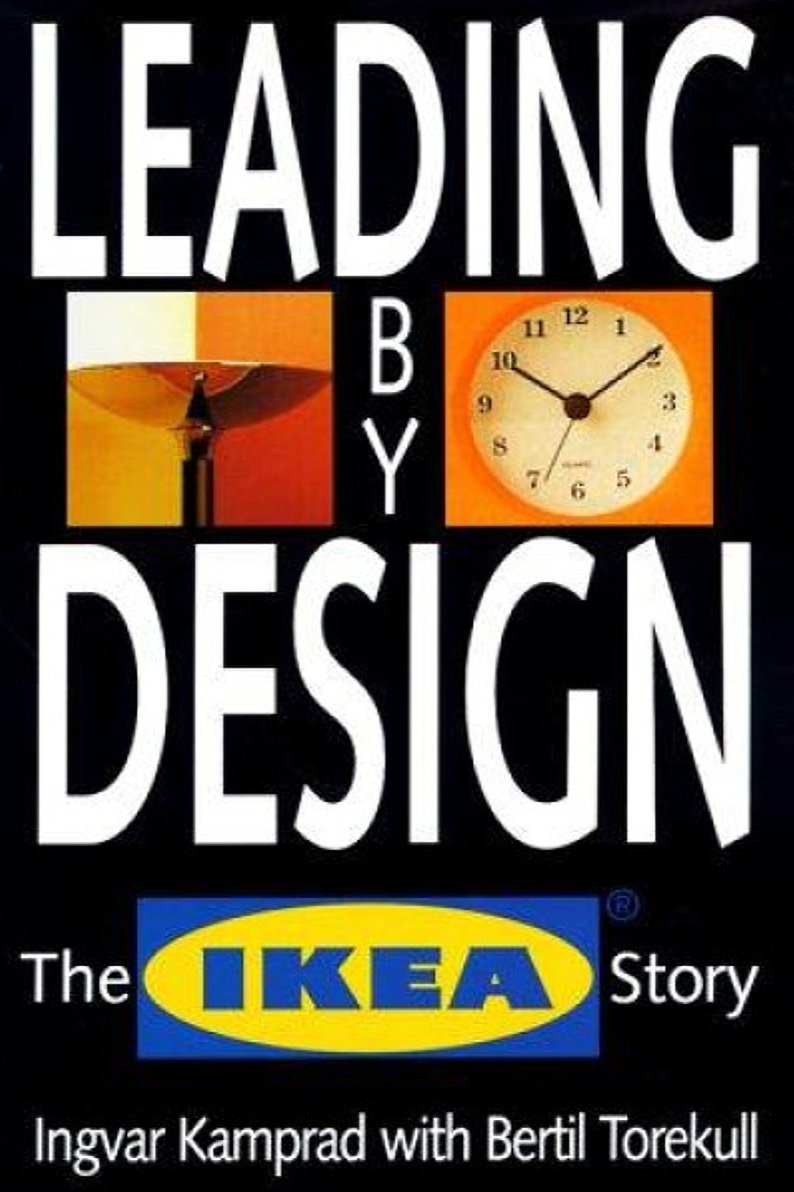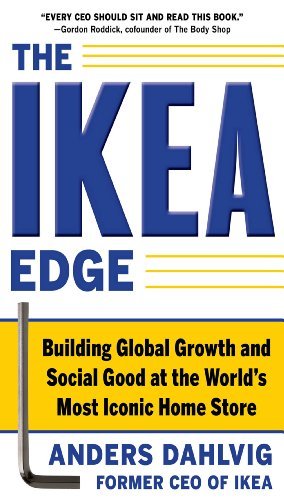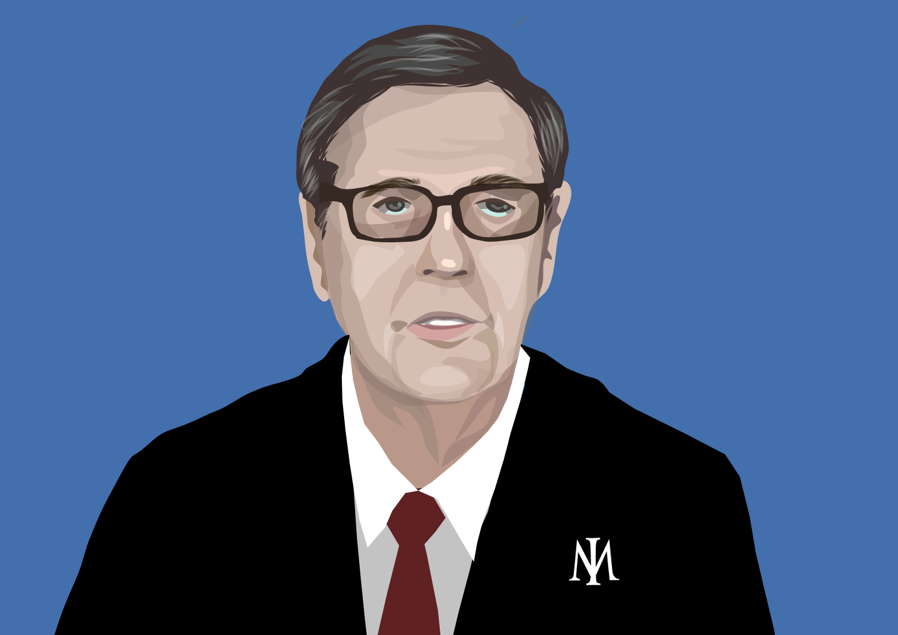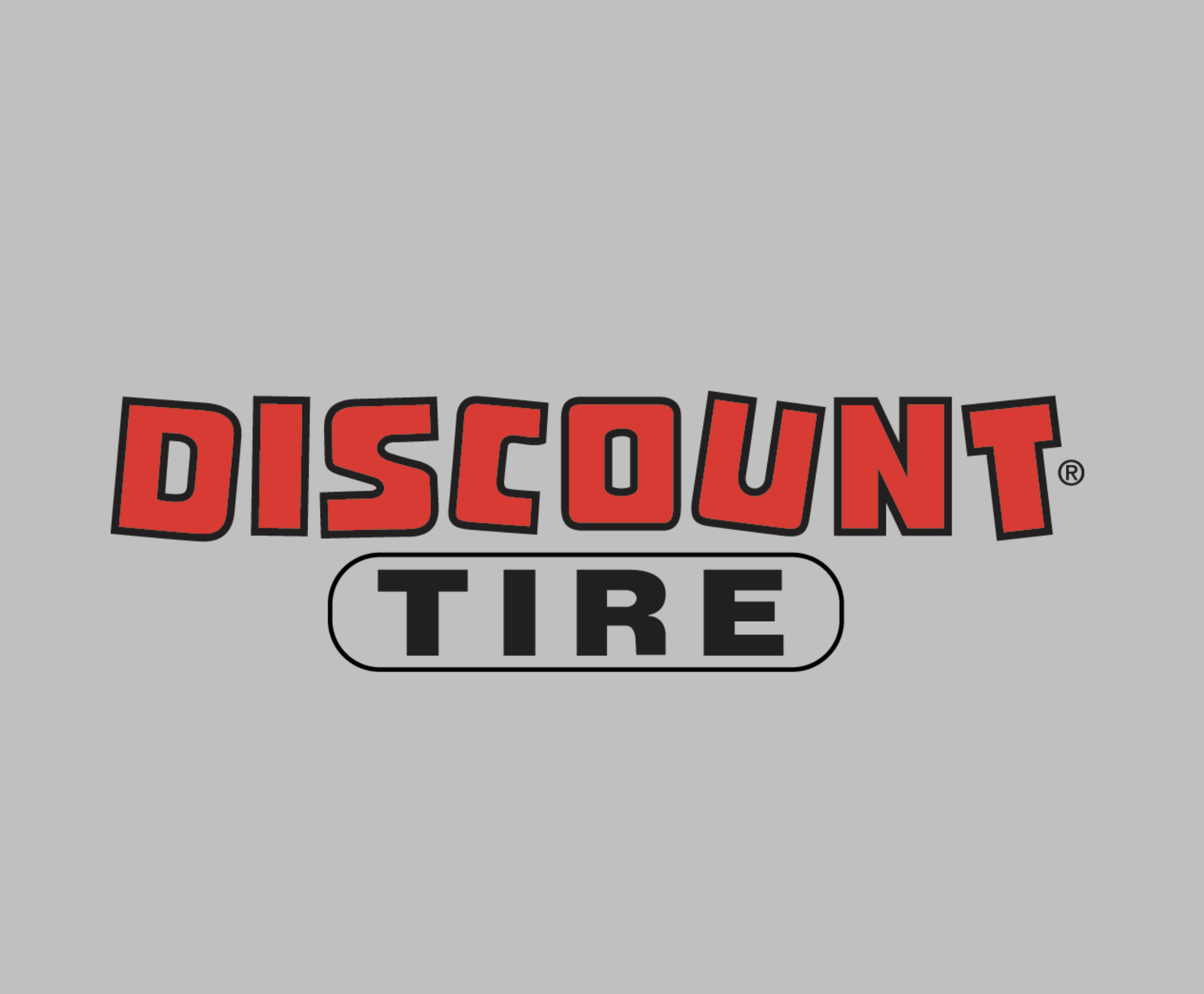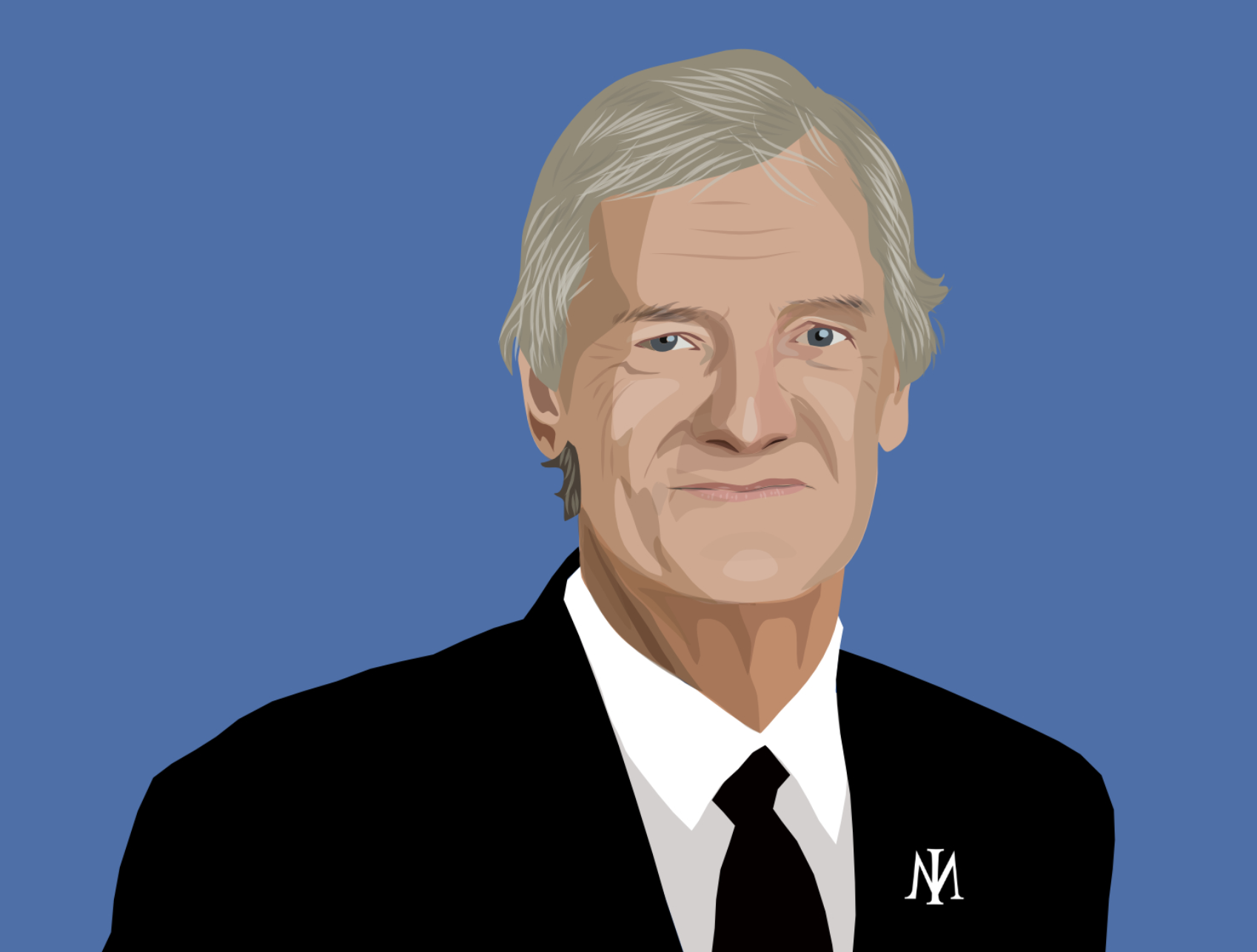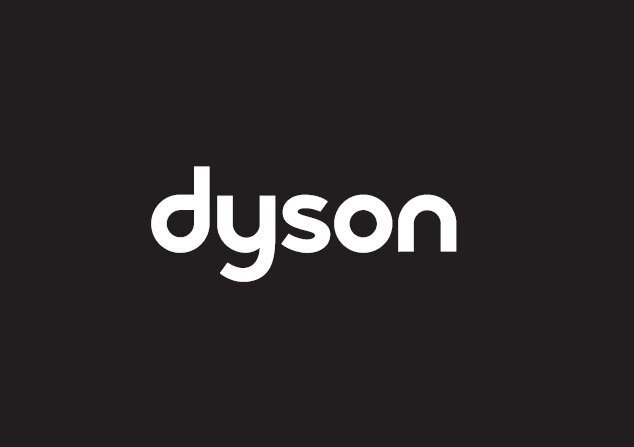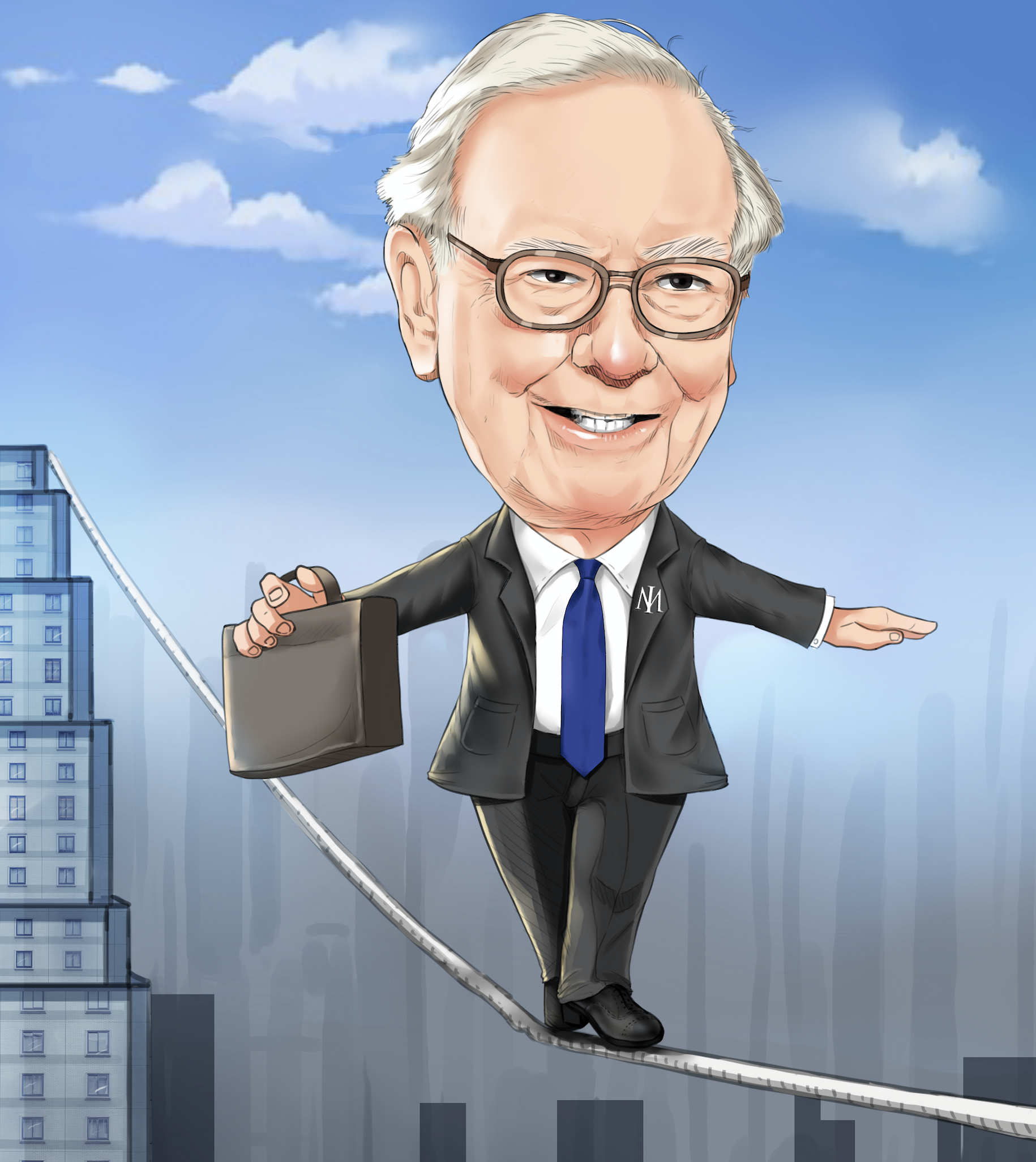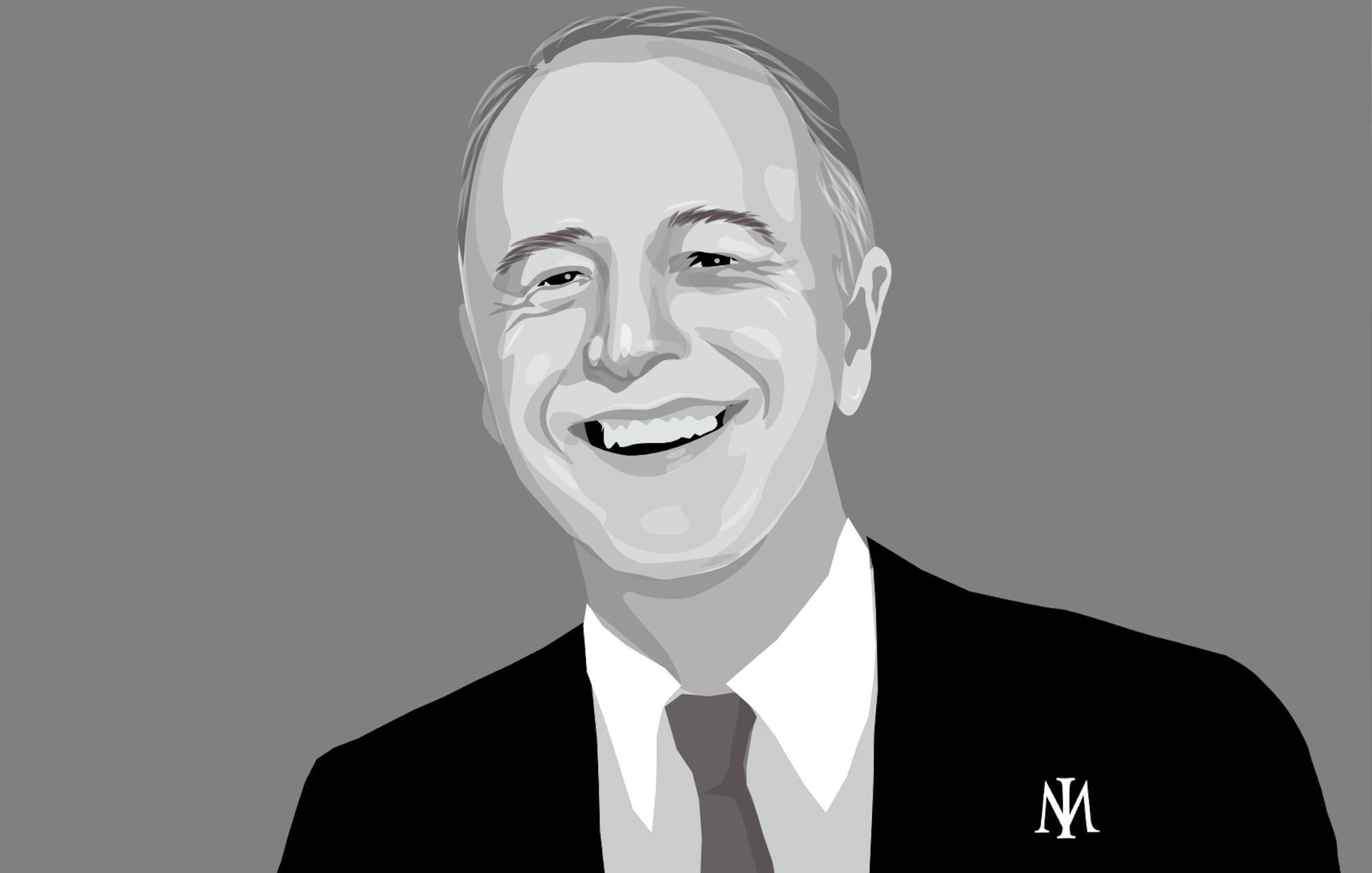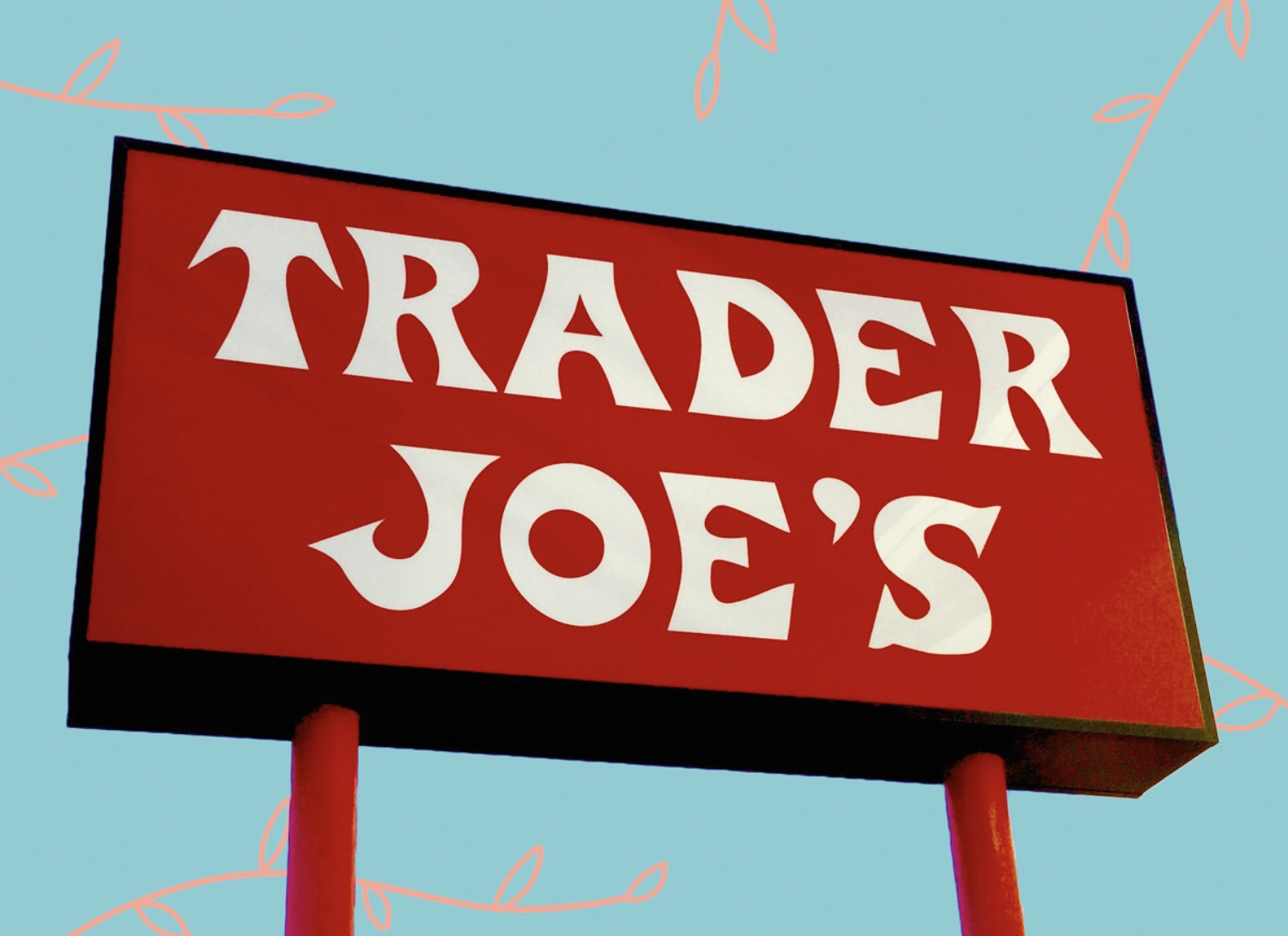“The point is listen to your customer, not necessarily yourself, your wife, or your third cousin. We are all victims of our own experience as well as beneficiaries thereof! Your personal biases can dangerously skew your decisions. Judge within the context of your customer’s likes and dislikes.”
Loyalty & Complaining Customers
“Make building loyalty (long-term customer value,) not just satisfaction, your prime goal.”
“Your complaining customers [are] your greatest opportunity.. I firmly believe the best customers you may ever have will be the ones who come to you angry but were disarmed by your willingness to listen and respond sympathetically to their complaints. They leave feeling special because you went out of your way to help resolve their problems. These are customers who return again and again because they know you care about them and want them to be happy… The point is to find every opportunity to show your customers you want to take care of them. Rather than be reluctant about resolving a customer’s problem, do it with joy.”
“A recent Wall Street Journal explained the incredible value of making the angry customer happy compared with the value of the loyal customer. The FedEx concept of calculating the lifetime value of loyalty (that is, $20,000 per year X 20 years is a $400,000 customer) dramatically portrays this concept. Be proud of the fact that unhappy customers think enough of you to express their unhappiness. The biggest loss to your business are the customers who never come back to complain about a perceived problem. Instead, they tell all their friends that they’ll ‘never deal with that lousy company again.’ One study I read estimates that one unhappy customer tells 18 other people about a bad experience. What a huge missed opportunity. I much prefer that formerly unhappy customers tell their friends how we fixed their problems.”
Obliquity
“Please add a couple of challenges to that simplistic perception that profit is the be-all and end-all. It's not. First thing to ask, "Is whatever action we want to take getting us closer to our objective?" Let me say this clearly: The objective of a business is not just to make money. That is the byproduct of a job well done. The theme at Ford one year was "Does it sell cars?" At Helzberg Diamonds that inspired, "Does it sell diamonds?" Second thing to ask, "What is the return on the investment?" Profit, though a simple and quantifiable measure, is far, from the whole answer. End of conversation.”
Seek a Niche
“[My father] refused to sell a diamond solitaire in an engagement ring that was not ‘perfect,’ that is, internally flawless, with good color, good cut, and absolute clarity. As he struggled for a name for this concept, he picked up a box of baking soda on which he read, ‘This baking soda is certified to be perfect.’ Thus, Helzberg "Certified Perfect" Diamonds.”
“If you are in a crowded, competitive market, create your own market, that is, not the diamond market, the perfect diamond market; not the beef market; the angus beef market; not the beer market: the freshest beer market.”
“Be different - and better! You need a unique selling proposition.”
Focus on the Controllables
“When growing up, I was intrigued that my father only concerned himself with those business elements that were controllable. He refused to acknowledge the Depression and did quite well during that period. He was unwilling to talk about recessions or 20-inch snow-falls. He only thought about and talked about those conditions within his control. Dad was a great believer in ‘not sweating the small stuff.’ He taught us to concern ourselves only with those things over which we have control. I thought he was unique in this until I realized this is one of the key common traits of highly successful people. Those folks are never victims; they take what comes and handle the situation. The rest is a waste of time.”
Copy Ideas
“I was always taught that many, many people were out there developing ideas I could use. I have found that to be true throughout my life. [My] thoughts and ideas have all been borrowed or stolen from many wise people. Think of the world as your garden of marvelous people and ideas with unlimited picking rights for you. Enjoy the flowers!”
Mistakes - Learn & Move On
“Most entrepreneurs could dwell at length on their mistakes. The reason to look in the rearview mirror is to divine exactly what you learned and how you will prevent a repeat of those particular errors. Self-flagellation is a waste of time and brain power. Unreasonable build up of fear, causing you to turn to stone and not innovate, is even worse. Of course, these are not all of my mistakes - that will take another, far larger book. The positive spin to put on your errors is to see them as learning experiences rather than unproductive errors.”
Seek Contrary Opinions
“Want to increase your chances of making a great decision? Find someone who disagrees with you. That might sound counterintuitive, but I’ve learned that getting a contrary opinion from a friend, a customer, or an advisory board member can be a way of guiding you to a more rewarding decision.”
“Being a boss doesn’t make you right. Just because you make the ultimate decisions doesn’t mean you have all the answers. That sign on the door doesn’t make you smarter than everyone else. It just helps people find you.”
“People you work with may think you only want to hear the good things, not what is really going on. You can become desperate for the truth, so value that person who disagrees with you, for that individual is a true asset.”
Humility & Hiring
“Arrogance is counterproductive because arrogant people tend not to listen to and learn from others. Arrogant people are a tremendous turnoff to folks who work with them, cutting off real communication. Most of us know so little about the world, no matter how deeply we know about one small part of it, that we really don't have the right to be arrogant.”
“I love the thought that god gave us Mozart to keep us all humble. I’ve been blessed with many opportunities to remain humble and I do believe being the dumbest guy in the room can be the smartest thing you can do as a leader.”
“I’ve never kidded myself. Our business really began to perk when I hired people smarter than me. Often, all I had to do was get out of their way. When you find these great people, they make your dreams come true, and then they go beyond your dreams. If you don’t care who gets credit, you can get anything done.”
“Nearly every entrepreneur can tell stories of holding on to people too long.”
“I learned from my mentors always to look for character, values and people skills. Hire someone who is not only a good fit for the job but, equally important, a good fit for the company culture.”
“If you don’t have the right people in the right positions, you have neglected your duty and harmed the company.”
“Have several people interview job applicants, so you can get other people's opinions. If possible, have the applicant visit the workplace for a day, so each of you can get a better feel for each other, the job, and the culture. Don't be hurried, and don't succumb to pressure.”
“Surrounding yourself with dwarfs does not make you a giant.’ - Yiddish Folk saying.”
Share Profits
“Profits are important, sharing them is important.”
“At Helzberg Diamonds, we had a tradition of increasing individual earnings as much as 17 percent in the form of 10 percent profit sharing, 5 percent in a check called ‘progress sharing,’ and 2 percent immediately vested funds with their match in IRA’s. Lots of dollars went into other rewards such as awards, recognitions, and celebration as well! Devise your own system, but be very careful. Remember that change can be considered a take-away and take-aways are not fun, so go slowly. Try temporary systems, and don’t paint yourself into a corner (remember, a privilege quickly becomes a right).”
Value & Empower Employees
“Treat people as you want to be treated.”
“When people feel valued and see their efforts and ideas count for something, they will strive for peak performance.”
“Great teachers understand the power of positive reinforcement to increase desired behaviors, and so do great entrepreneurs and managers.”
“If you are good to your company associates, you’re associates will be good to your company.”
“We gave careful attention to the people who were at the front lines. The top 25 sales associates each month received a small gift with a handwritten personal note from me.”
“One day after about 30 years of experience, another instant flash of the obvious; I suddenly realized that numero uno was not the customer but our own associates; everything literally emanated from them. They were the key to the success of the company - without question. That means you treat each with respect and you celebrate and glorify the success of the leaders in performance.”
“Our honoring the top sales producers knew no bounds.”
“The old song that says, ‘You gotta love 'em in the A.M., love 'em in the P.M.’ always comes to mind when I think about Helzberg associates.”
“People who perform a job every day are just as much experts, and often more so, than consultants who live hundreds of miles away. Engage them in coming up with ways to improve productivity of your business, using some of their ideas will commit them to the task much more readily than if you just tell them what to do. Yes, there are diamonds buried in your own backyard! By asking for the opinions of associates, you immediately dignify the jobs they do, enhance their self-esteem, and increase their effectiveness.”
“If you believe in people, you will on occasion, depending on the risk and the reward, willingly allow them to fail. If someone else's idea isn't as good as yours, but it's still okay, you're often better off allowing it done his or her way. Quality of execution is far more important than the idea.”
“Motivation and execution will tend to be far better if the individual applies his or her own ideas to the challenge. This concept of ownership is the one that can ignite the spark in your associates, get the job done better than you can expect, and reward them with the joy of accomplishment. It also may be the toughest for many entrepreneurs to embrace.”
“Pure psychological ownership can fire up enthusiasm and leadership qualities in those around you. It will point you to future leaders. This concept says, ‘I trust you, I believe in you,’ and it can motivate the living hell out of people. Ownership is key to success.”
“In order to succeed in an increasingly complex business world, entrepreneurs need the talents of everyone in the organisation. Believe in the abilities of others and let them grow and perform at their best. Helping others harvest their triumphs will allow you to achieve more success than you could hope for by insisting everything be done your way.”
Transparency
“One lesson I learned from my associates was that the more open management could be with the team members of the business, the more appreciation there was of the company and the more psychological ownership it gave others.”
People
“I had been taught from day one by my dad that ‘Business is People.’”
“At the end of the day, we found that our key success factor was people. We believed in our people. We felt they knew how to operate a store better than anyone in the business, so we decreased the risks inherent in reaching into a new market by transferring in proven managers and associates from successful stores.”
Win-Win
“A conscious decision should be made regarding treatment of suppliers. Your team should get together periodically to review your care and feeding program and its effectiveness.”
Tone from the Top
“There is a perception that if the boss does it, it is acceptable! Whatever you do, you are teaching. That is a great plus; it can also be a great minus if you don’t keep it in mind and conduct yourself as you expect others to.”
“Everything you do communicates! You always set an example whether or not you want to!”
Ideas
“A new idea is delicate. It can be killed by a sneer or a yawn; it can be stabbed to death by a quip and worried to death by a frown on the right man’s brow.”
“The courage to ask questions is an attribute. Don't be afraid to ask people more experienced than you for their help. They'll be complimented… The more people you talk to, the greater the brew of ideas you will have to marinate your brain… Even new inventions build on creative ideas that someone thought about before… You are heir to the discoveries of many entrepreneurs who skinned their shins trying something new.”
“Attend industry seminars, subscribe to trade publications. The acronym MBWA (management by walking around) is an apt description of another important method you should be using to monitor your industry. Don't scorn competitors and do have open eyes, open ears, and an open mind.”
Focus
“Focus is your lever to success. As the leader you need to be sure you and your team are doing the right things, and as managers they need to be doing things right… Anything that decreases focus on these right things inhibits progress. Investing unlimited effort in failing projects does not create success.”
“Among our happiest and best decisions were throwing out the dead merchandise horses and finding that the success of the company increased proportionately. We eliminated china, crystal, all flatware, luggage, radios, small appliances, and other non-jewellery items - ad infinitum and ad nauseum. The practice of optometry in a few stores ended. We found the less we sold, the better we sold what was left: fine jewelry. The time to give up on peripheral items had come; we were early in the game of giving them up. The company gained great focus and, doing fewer things, became far more successful.”
Cut Marginal Stores
“When you are operating a group of retail stores, there is always the usual bell curve of weak to great performing stores. Much conventional practice dictates committing great effort to the weakest segment. When I discussed this with my friend Steve Lieberman, the hotdog magnate who ran hundreds of Carousel Snack Bars in shopping centres for many years, he said, ‘You make more money closing bad stores than opening new ones.’ His philosophy made sense.. Our attitude became to upgrade the herd annually, closing the weakest stores each year.”
“Each activity you undertake exacts the price of not being able to pursue alternate activities. You are investing the time and talents of your associates.”
“Because of their semi-permanency and their unlimited parasitic appetite, underperforming operations destroy the good people you send there for turnaround while simultaneously depriving those great managers and great teammates of an exciting opportunity as well as putting capital to non-productive uses. Management’s challenge is to take advantage of the unlimited opportunity to focus the talents on its most talented people on winners. Riding the winners to success was what created the large average sales volume of Helzberg Diamonds stores.”
“Certainly one of the most profitable things ever done in our company was the consistent closing of marginal stores that destroyed human resources (who can be motivated in a weak store with the label of ‘poor store’ on it?), used capital, drained central office focus, and really had no reason for being. What a waste of good teammates. A modest turnaround is not nearly as profitable as sending great people to good stores to build them to great so sending the not-so-strong manager to do the impossible makes even less sense. Cut those cancers out as fast as you can. You will not believe how your profits benefit.”
Pricing
“When possible and practical, prices should be raised in very minute amounts over a long period, even if the need for an increase does not exist at a given time. Your customers will be far happier with the price if you avoid a major surprise and shock.”
Performance Standards & Internal Competition
“Setting clear standards of performance tells people what the goals are. Standards allow us to measure our performances and they tell us how far we've come and how far we have to go to reach our destination. They are essential to a successful business. At Helzberg Diamonds we gave a lot of thought to performance standards. We found that when used in a positive way, high performance standards motivated high achievers to push the envelope of their abilities. One early goal was to have $1 million average sales per store. When we hit that, the goal became $1.5 million ... and of course, after achieving that goal the new goal became $2 million. This was no secret. We communicated it ad nauseum. We quit looking at the competition's average volume per store and competed with our own figures every year.”
Balance Profit and Volume
“No one should be working on a pure profit bonus. It encourages short-term thinking. Therefore we created bonuses partly on profit and partly on volume. Profits are short-run and volume is long-run. If your sales volume is climbing (and you are not ‘giving the merchandise or services away’), then you’ve either added customers or are making better customers out of your present ones or doing both. The increase has everything to do with your customers’ buying decisions. It means you and your associates are doing a better job. Your customers are voting! Growing sales are vital to your company’s future. Profit is certainly a necessity. However, profit alone can be a dangerous measurement and can lead to decisions that don’t pay-off in the long run. Balance between both is key!”
Under the Radar
“Think out carefully opportunities for publicity that disclose anything about the company you do not wish your number one competitor to know. Control carefully the information that goes outside the company and even the information that does not. As you grow, realize that a little paranoia is a healthy thing.”
Think Long Term
“Plan for long-run success, not short-run profits.”
Stay Private
“We had no interest in going public. We didn't want to be pressured to pay more attention to quarterly earnings and stock price than to the long-term operational health of the company and the well-being of our associates.”
“After wasting the time and the dollars involved in partial preparations to go public, I realized that in my provincial view that move would be the ruination of the company. We would be pushed for quarterly earnings at the expense of the long-run profits and top people in the company would be investing great amounts of time and effort in ways that did not sell more diamonds, such as shareholders' meetings, analysts' meetings, public relations planning, ad nauseum, ad nauseum.”
Continuous Improvement
“Entrepreneurs should always be massaging a successful formula in looking for ways to improve and be up-to-date in building differences from the competition.”
“My conclusion: Win, lose or draw, you must keep trying! Yes, even when you succeed you must continue striving!”
“Winston Churchill said it best: ‘Never give up! Never! Never! Never!’ When Thomas Edison tested and rejected thousands of materials to develop the electric light filament, he showed dogged persistence as much as genius. I wonder if people realise how hard he had to work in spite of the genius label. He labelled these many tests ‘successful’ because he learned that yet another substance would not work. He understood success as a process; failure occurs only when you give up.”
Mentors
“Mentors have made such a major difference in my life in so many ways that I am a great believer.”
“A major part of Helzberg Diamond’s success was because of the extreme value of my mentors and the extreme openness of my associates.”
Failure
“All successful people have failures. How many times did you fall before you could walk? I'm told Babe Ruth struck out 1330 times, but he's remembered for hitting 714 home runs. Despite missteps, entrepreneurs are a special breed who do not give up on the larger goals.”
Change
“What could be more challenging and exciting than the continuing changes of the business world? Fighting change is trying to hold off the inevitable. Change is going to occur, no matter what you do, so be prepared for the twists and turns in your industry. Don't be stuck in what has been, like so many of the downtown merchants who did not seize the earliest opportunities to open in covered malls (I know this first-hand because I was one).”
Execution & Buy-in
“My revelation is that the execution is far more important than the idea. The people I most admire are those who know how to execute. The quality of execution is far more important than the quality of the idea. I was taught at a very young age to let individuals do things their own way as much as possible even if I thought my idea was somewhat better. That advice spoke to execution. People believe in their own ideas and will generally execute those ideas far better then someone else's!”
“Executing an average idea well will far exceed results of a great idea executed poorly! If the person who executes believes in the idea, the likelihood of success is far greater than in cases where that person is not convinced or excited or committed.”
Fun
“Instead of communicating stress, communicate the atmosphere of fun. Stress is like a virus, and you can quickly spread it to your customers by being impatient, curt, pushy, and downright rude.”
“I quickly learned that the most important side of business is the human side so it wasn't unusual that when one of our stores wasn't meeting its sales goals, we advised the sales team to quit trying so hard and start having fun with their customers.”
“Do you have to be creative to have fun? It helps, but it's not necessary. Most of the time you just need to be friendly. Compliment a customer's tie or dress. Perform small favors. We cleaned customers' rings free while they shopped. We put new watch batteries in at no charge. Make your customers feel welcome and at home.”
Luck
“No one has an easy prescription to become a successful entrepreneur. If they say they do, they’re fibbing. It takes a lot of luck, which often translates into seeing and seizing opportunities before someone else does.”
Give Back
“Giving back may be the most fun you will ever have. Giving back is the most selfish thing I do personally because I get so much out of it. I don't feel it's in any way generosity, but rather the most enjoyable, the most ennobling and perhaps the most selfish thing I do.”
Summary
Just like the great trading maxim goes, 'Cut your losses and let your profits run,' or as Peter Lynch famously said, 'Don't remove the flowers and water the weeds,' Barnett Helzberg adopted this approach with his chain of jewelry stores. He cut the marginal stores and put the firm's energy and resources into the best stores. Helzberg understood that underperforming stores not only depletes the profit and loss account but also the firm's most valuable asset, its people.
Recognising that business is all about people, Helzberg looked first for the right personality and cultural fit when hiring employees. He invested in his store associates, strategically moved them into new stores to ensure the firm's culture was retained as the business grew, promoted fun, and celebrated their successes. His insight into what motivates people enabled him to extract the best from his team.
By gradually raising prices, Helzberg avoided sudden price shocks that could deter customers. Complaining customers were embraced as an opportunity to create a pool of new, loyal, long term customers. Differentiation through a strategy focused on "Certified Perfect Diamonds" helped Helzberg Diamonds stand out in a commodity product. Removing distractions, which might have been short-term profitable, increased clarity and ensured long-term viability.
It's not surprising Buffett was attracted to the business as it carries many of the hallmarks of the great businesses we've studied. In the jewelry store industry, despite most participants’ poor economics, Helzberg's business acumen developed a rare gem.
Source:
Helzberg, B. (2003). “What I learned before I sold to Warren Buffett: An Entrepreneur's Guide to Developing a Highly Successful Company.” John Wiley & Sons.
Further study:
“How Buffett acquired Helzberg’s Diamonds,” Warren Buffett Archive CNBC, Annual Meeting 1995.’
'“What You Need to Know About the Jewellery Businesses,” Warren Buffett.



